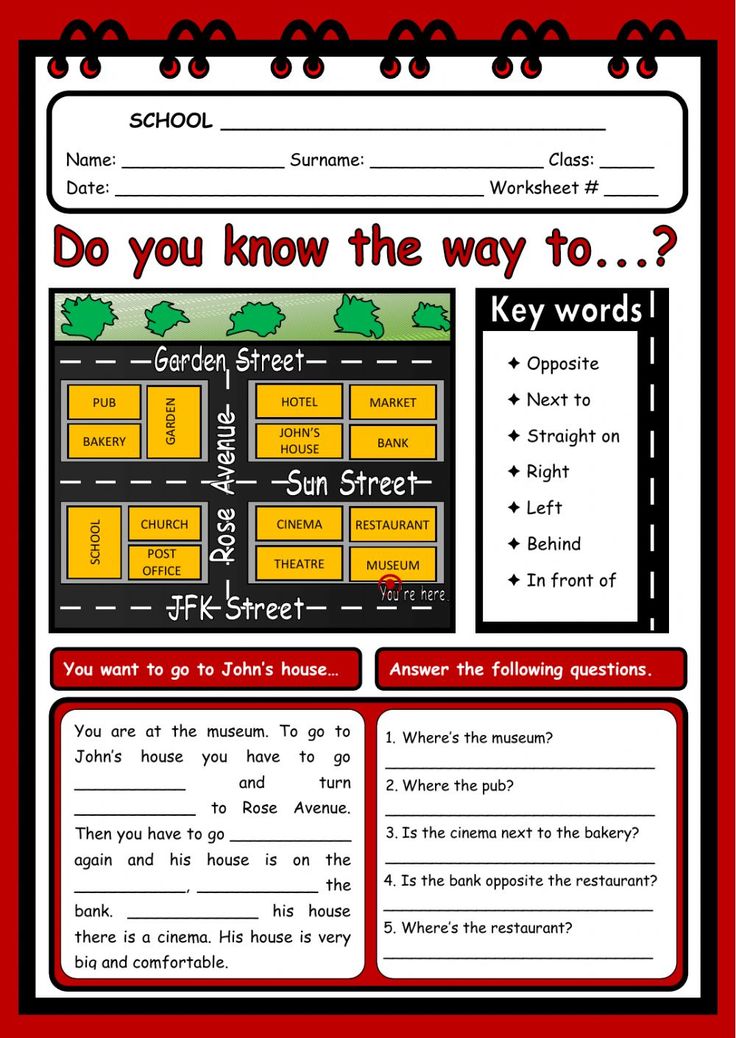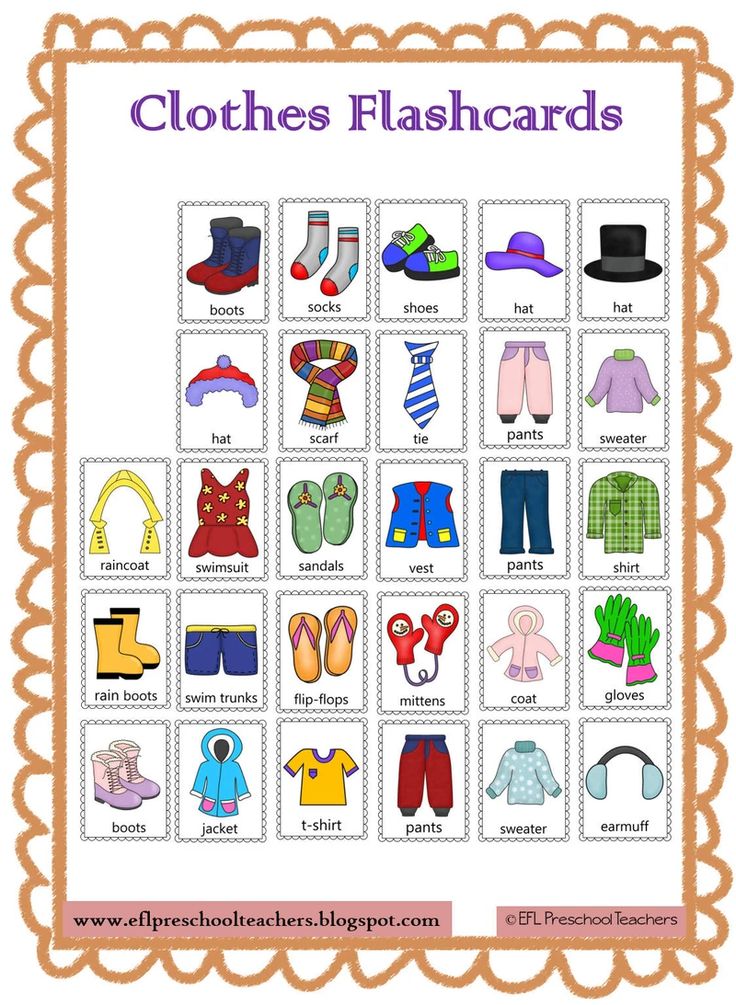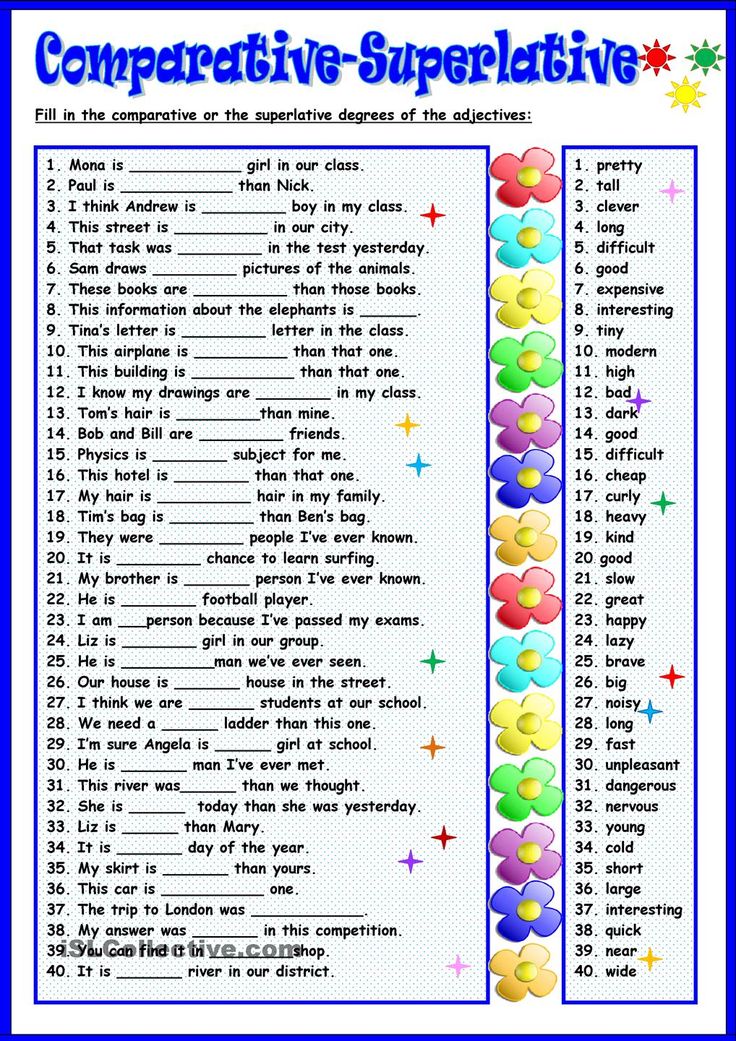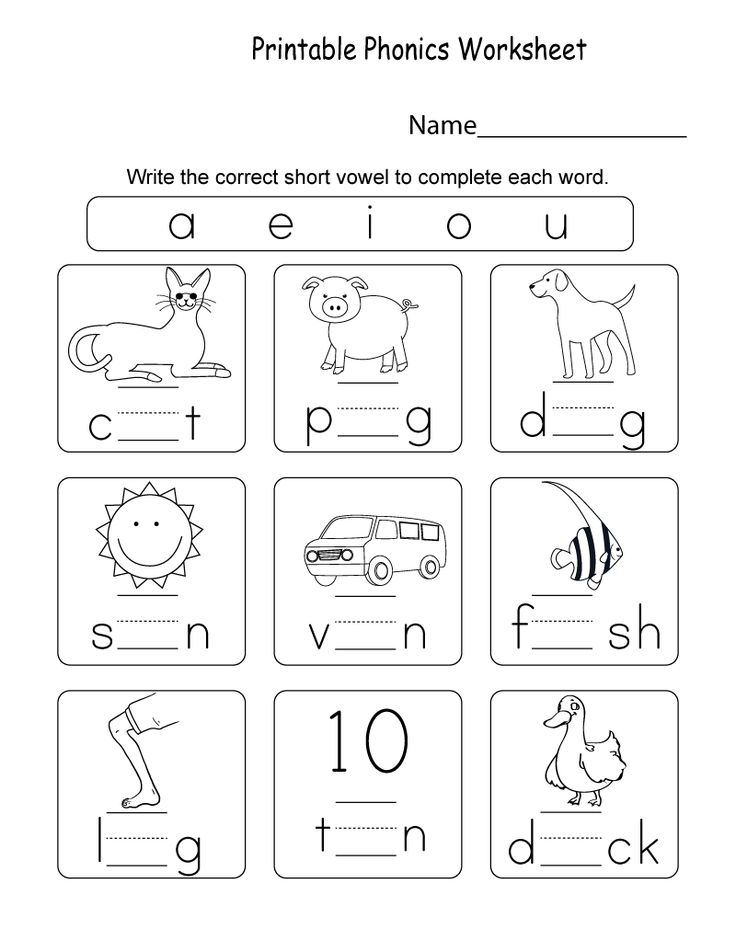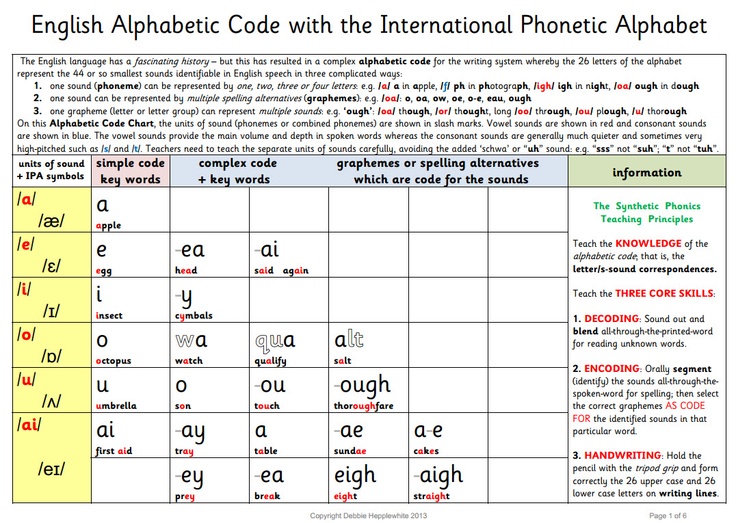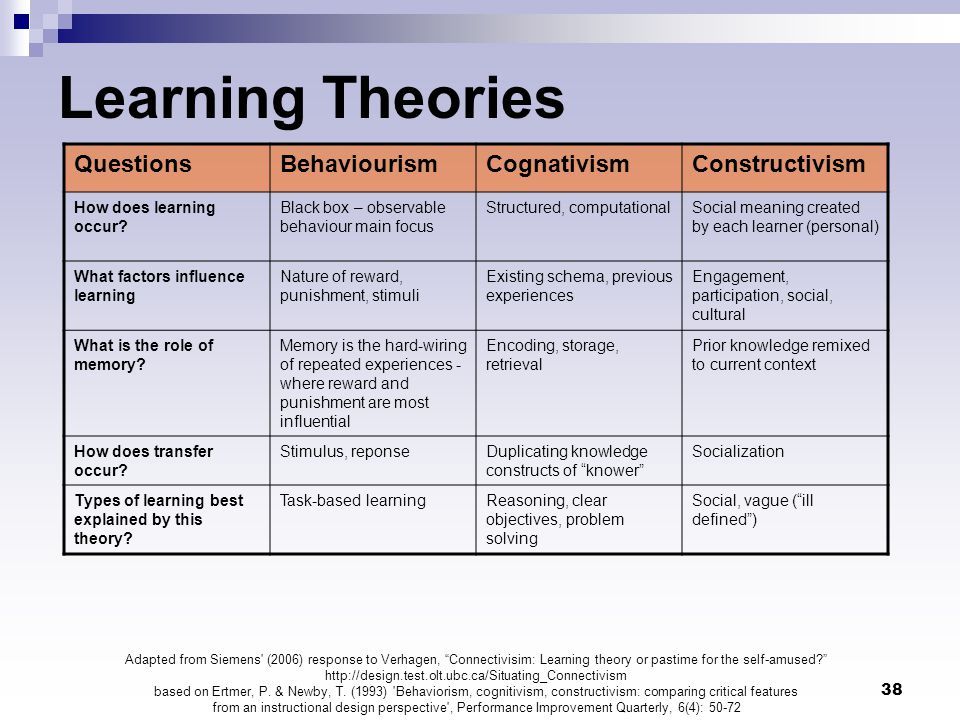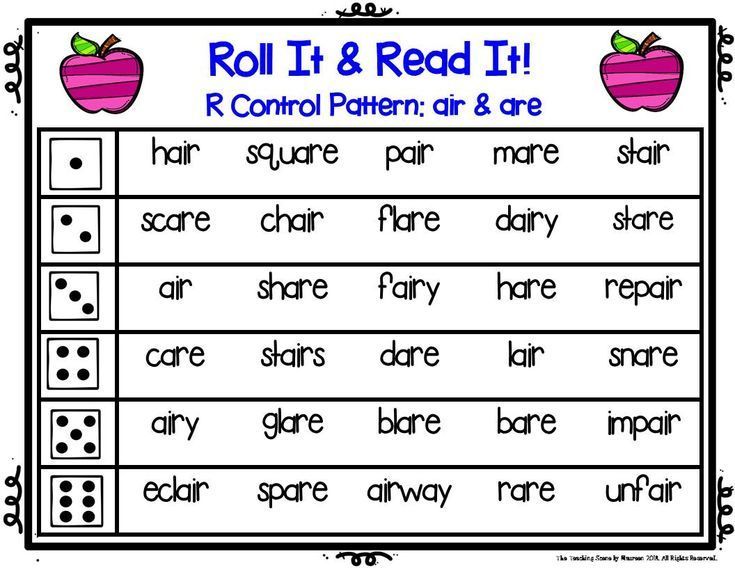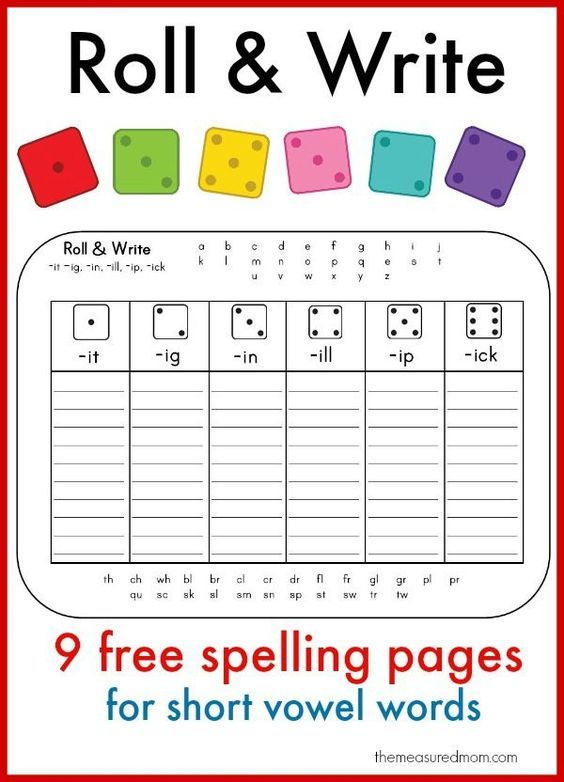Teaching sounds of alphabet
5 Fun And Easy Tips
Letter sounds are one of the very first things your child will encounter when they begin to explore reading.
By recognizing the phonetic sounds that alphabetic letters make, your child will take their first big step toward associating words with their individual sounds, an essential tool for, when the time is right, sounding out words.
Most new readers start from the same place — by learning their letters! And no matter where your child is on their reading journey, working with them on their letter sounds is a great way to help strengthen their fundamental skills.
Here are five fun and effective tips for working on letter sounds with your child.
5 Fun And Easy Ways To Teach Letter Sounds
1) Touch And Feel Letters
Humans are tactile creatures, and we depend on touch to tell us a lot about the world around us. This is especially true of kids when they’re learning!
Although most traditional reading curriculums focus on auditory and visual cues for letters and their sounds, touch can be helpful, too. We have five senses, after all, so we might as well take advantage of them!
As opposed to relying solely on how a letter looks when it’s written (and flat), adding in a physical sensory element can help your child build a stronger connection to the letter sound they’re trying to learn.
Doing this engages an extra part of their brain while they learn. Not only will they know what the letter looks and sounds like but also what it “feels” like. Associating the “feel” of a letter with its pronunciation may help them gain a better understanding of letter sounds more quickly.
There are plenty of options for exploring reading through your child’s sense of touch. The best part? Your child will get to do one of their favorite things — make a mess! Letting them get messy with letters provides a great incentive to learn.
If you’d like to try this tactile learning style, you can get started by grabbing a few blank pieces of paper. Using a thick, dark marker, write out the letters you want your child to work on.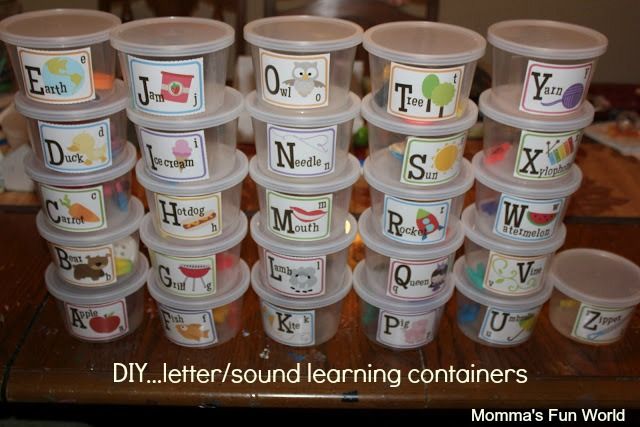
Then, you can simply grab whatever you have around the house that is malleable enough to form into letters. PlayDoh or kinetic sand are both great options.
We recommend saying the associated letter sound as your child looks at and forms the written letter with the PlayDoh or kinetic sand. You can also encourage them to shape their material over the outlined letter on the page if they need some extra guidance.
Feel free to also brainstorm words with them that share the letter sound they’re practicing. This could help them make even more connections to the letter and its sound!
If you don’t mind a little extra clean up, shaving cream can also be a great option! Simply spread out the shaving cream on a flat surface. Trace out the letter for them in the shaving cream, then ask them to do the same while you repeat the letter sound.
2) Connect Letter Sounds To Familiar Symbols
Letters and their sounds might be unfamiliar to your child. By making a connection between letter sounds and items or symbols your child might already be familiar with, you can help bridge the gap between what they don’t know yet and what they do!
Utilizing things that your child already knows and loves may encourage them to get more engaged with learning their letter sounds.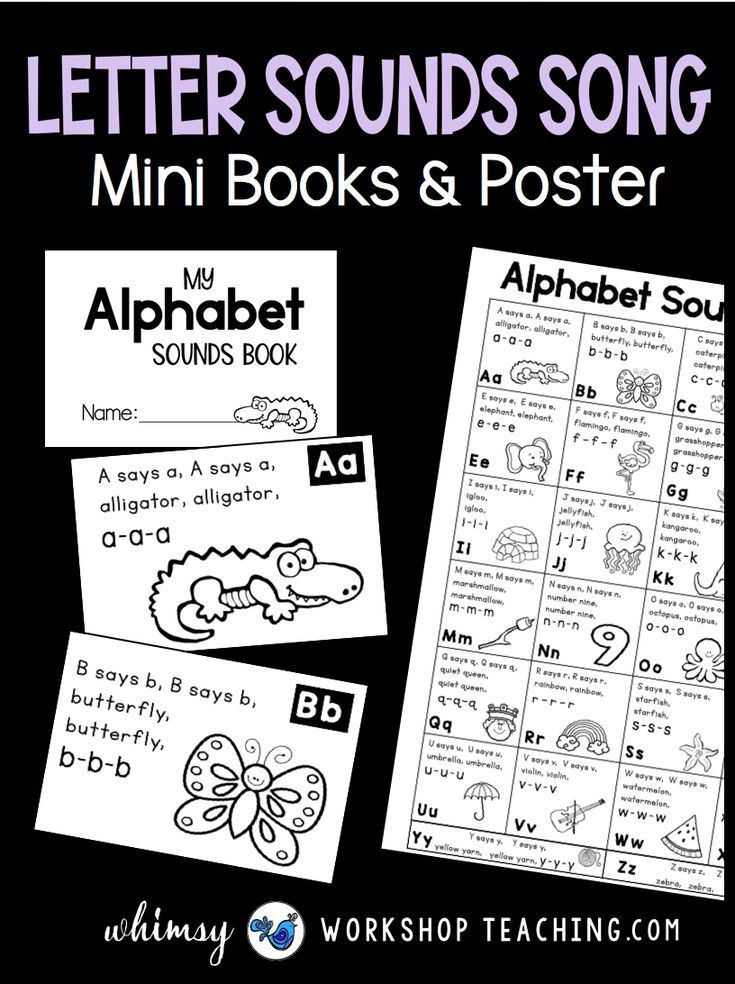 Familiar ideas will also make them feel more confident and comfortable while learning.
Familiar ideas will also make them feel more confident and comfortable while learning.
For example, if you want to start with the letter “T,” consider printing out pictures of things that start with “T” that your child loves, such as trucks and tigers. Let your child choose which pictures to use, and then help them create their very own alphabet book with those images!
Working with your child to construct their personal letter-sound alphabet — a mixture of the specific picture you want them to learn to associate with a particular letter sound — is an easy and fun craft project that will pay off in the long run.
The more personalized you can make the learning process the more fun your young learner will have!
Familiarity can also help your child beyond simply learning the letter sound: it helps them build confidence! The more your child feels like they understand and know what they’re reading, the more likely they’ll be to develop an enthusiasm for learning.
3) Repetition, Repetition, Repetition
This technique focuses on repetition, which is great for getting your child familiar with their letter sounds.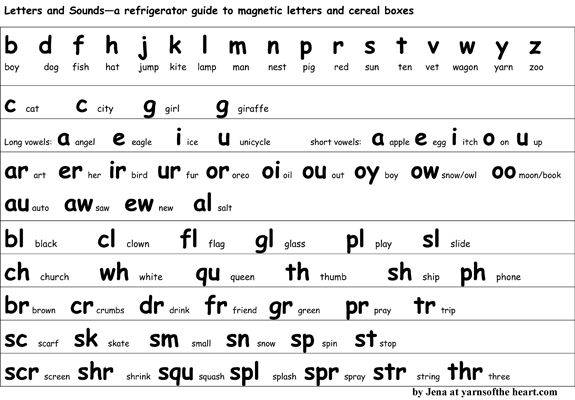 By consistently repeating the same letter sounds to them, you can help your child more easily pick up on them.
By consistently repeating the same letter sounds to them, you can help your child more easily pick up on them.
A great idea might be to focus on introducing your child to one letter sound at a time. You could make a “letter of the week” jar for your child. Place an empty jar on your counter labeled with the letter sound for the week.
Every time your child points out a word they’ve heard that starts with the letter sound of the week, they earn a “ticket” or “point” in the letter sound jar (you could also use stickers on a poster if you don’t have a jar handy).
Challenge your child to gain three or four points (or more!) during the day. You’ll want the jar to be somewhere your child sees it often — maybe in the kitchen so you can prompt your learner to think of a word while you’re making dinner or washing dishes!
They don’t have to rely on only the things they hear or see in real life, especially when it comes to those trickier letter sounds (like x, q, or z). Consider using some of your daily reading time to flip through magazines or books and point out the letter sound whenever you come across it.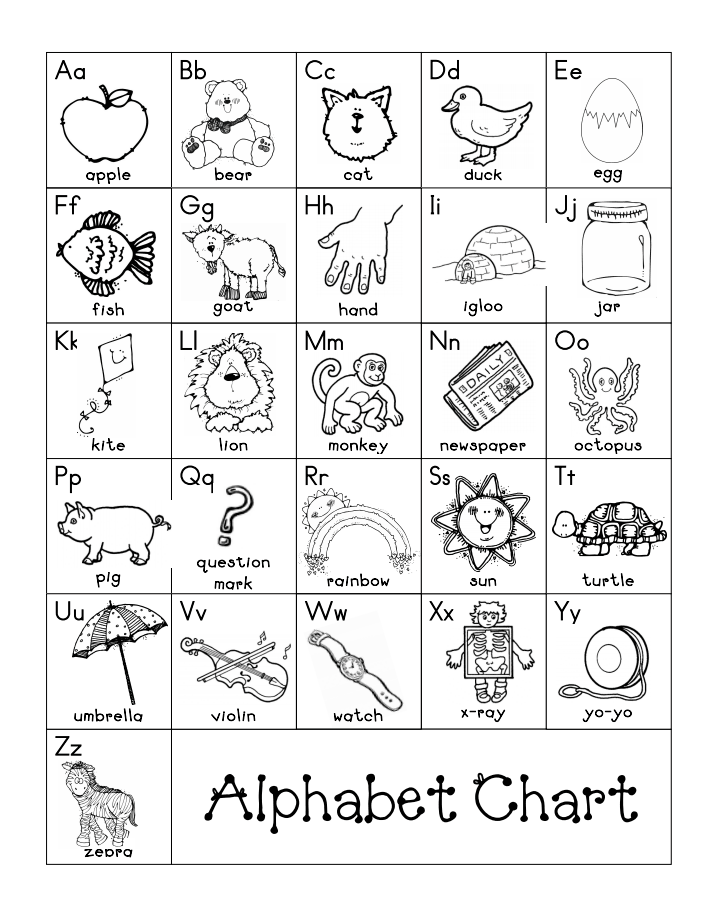
Emphasizing repetition this way really gives your child the chance to focus intensely on a single letter and explore the primary sound it represents!
Giving them ample amounts of time, practice, and exposure to one sound at a time may help them with their learning longevity.
4) Digital Letters In The 21st Century
Technology is a huge new factor in modern-day learning. Not only do children learn how to read and write texts, but now they also have to learn how to use a keyboard at a very young age.
While too much media time can be bad for your child, there are ways to be mindful about media consumption and incorporate media into their letter-sound learning. Especially for busy families, media can be a really useful asset to add to your parenting tool belt.
If you’re looking for a safe, personalized, and reliable place for your child to work on their reading and letter-sound skills, our online learning center has tons of playful games and exercises!
Your child can also use a simple keyboard to engage their letter-sound skills.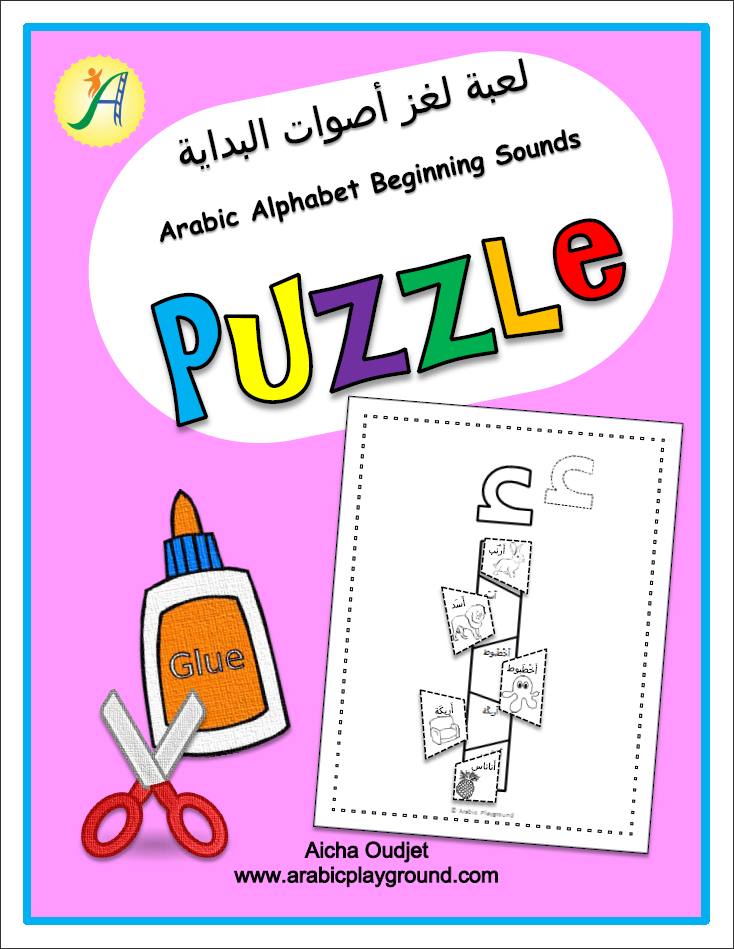 For this activity, you can call out the sound of a letter and ask your child to hit or point to the letter it matches on a keyboard.
For this activity, you can call out the sound of a letter and ask your child to hit or point to the letter it matches on a keyboard.
This exercise is easy and versatile, as you can use any keyboard you have around — on your phone, your computer, or a device designed for kids. And your child will probably love pretending to be a grown-up just like you!
5) Bingo
Classics are classics for a reason. And Bingo is a time-tested, kid-approved game!
If you’d like to take a shot at this activity, draw or print out a Bingo sheet that has pictures of things your child is familiar with (remember tip #2!). We recommend sticking to things they see daily, like apples (for the “a” letter sound), bikes (for the “b” letter sound), and so on.
To play, call out a letter sound and instruct your child to mark off the picture that begins with the same sound. If your child has siblings or neighborhood friends, consider inviting them to play along (it makes for a great virtual game, too).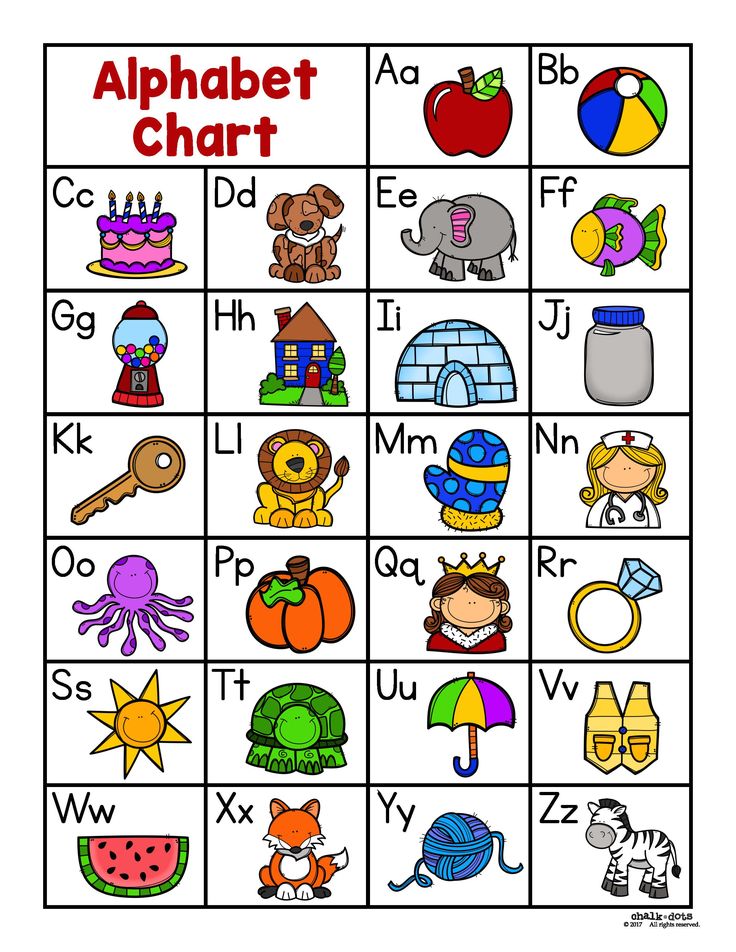
The first to make it to bingo wins!
Making Letter Sounds Fun And Functional
We hope these tips were helpful and gave you some creative ideas for how to get your child engaged with letter sounds (while having a blast along the way!).
We always want to leave you with a reminder that on the journey toward helping your child become a confident, enthusiastic reader, it may take some time to discover what learning strategies are the perfect fit for them. That’s OK!
If you ever need a little extra help or want to switch up your child’s learning routine, our learning center is always open and full of engaging and effective exercises for your emerging reader!
Author
Teaching Letters and Sounds: 27 Strategies that Work
If we want to help our students learn their letters and sounds, we must have multiple Strategies for Teaching Letters and Sounds. Alphabet recognition and mastering the sounds are essential skills for our earliest readers.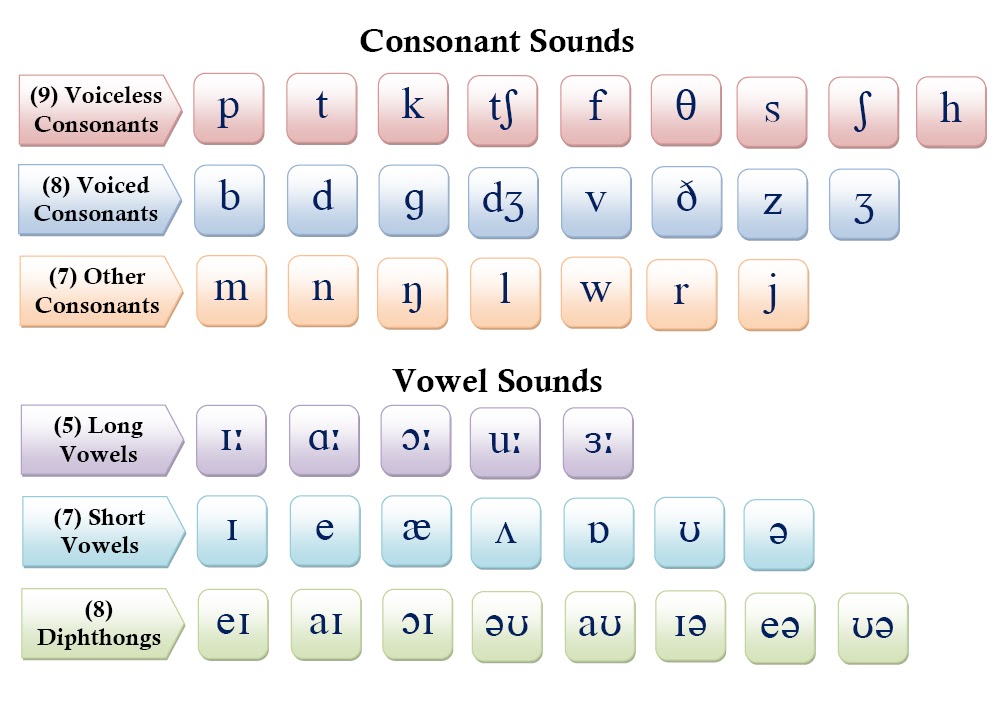 Without mastery of the earliest skills, students struggle with building and recognizing words and patterns. We have composed several blogs giving you some of the best Strategies for Teaching Letters and Sounds, but we have even more great ideas and resources now! Here are 27 Strategies that we are confident will help you as you teach your littles–#9 is sure to be a favorite!
Without mastery of the earliest skills, students struggle with building and recognizing words and patterns. We have composed several blogs giving you some of the best Strategies for Teaching Letters and Sounds, but we have even more great ideas and resources now! Here are 27 Strategies that we are confident will help you as you teach your littles–#9 is sure to be a favorite!
Teaching Letters and Sounds
1– Use repetition when assigning teaching letters and sounds during independent and partner practice.
At some point during your day, your students should have a chance to practice their letters and sounds in a routine and repetitive way. This practice serves as a great instructional routine that does not take much time.
You want to give students repetitive practice because they know what to expect, they have a short time to practice what they’ve learned, and most students can complete the activity without much direction.
During this time, you can help your students who need the most intervention.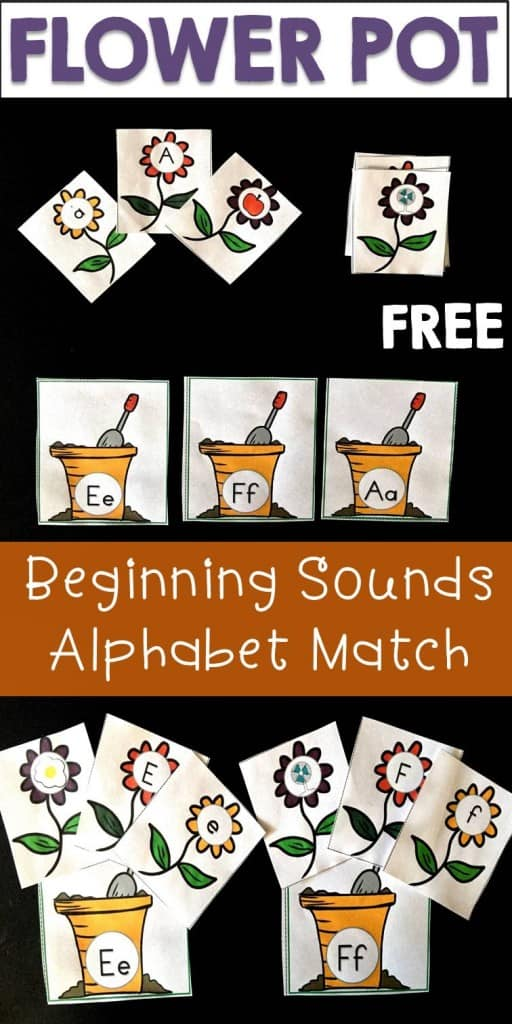 We created these Alphabet Printables, so students have a variety of activities to practice when doing independent and partner practice.
We created these Alphabet Printables, so students have a variety of activities to practice when doing independent and partner practice.
Kiddos get to practice writing the letter, both upper and lowercase, distinguishing between the upper and lowercase letter (with daubers), identifying pictures that begin with that letter sound, and finding that letter on a keyboard. So many different ways to practice one letter, and it is all on one piece of paper!
2– Have multiple references and tools available in the classroom when teaching letters and sounds.Students need the same resources we do when they need information. Kids will use these resources if we teach them to use them before asking you or another teacher for information.
These can be posters on the wall, an informational page in their desk folder, or resource cards. We have created these Alphabet Poster Cards for our students, so they have access to this information when they need reminders for letters and sounds.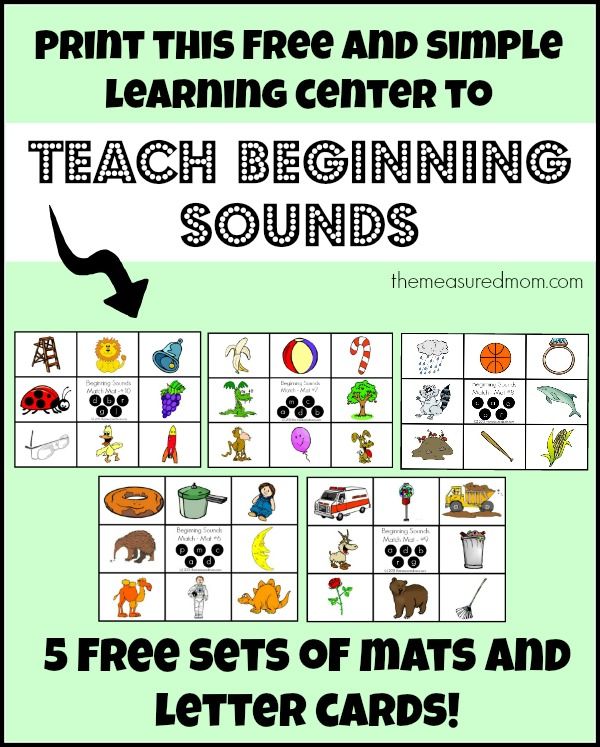
Each poster comes in both black and white and color. We have included the alphabet, blends, digraphs, diphthongs, long vowels, r-controlled vowels, trigraphs, short vowels, word families, and double consonants.
3–Be creative and provide novelty when practicing letters and sounds
It’s important to remember what kids want to create. They want to do things that are out of the ordinary. So be creative with the activities you choose when introducing and practicing each letter and sound.
You will have great success with Alphabet Crowns. Kids love these crowns! However, there are so many other things you can try with your kids. Be creative! Use Pinterest, and find something to connect this content with your little ones.
Great Strategies that are Hands-On
4–Allow kids time to explore with hands-on and fine motor activities
Having students use their hands/bodies while learning is fundamental to their brain development.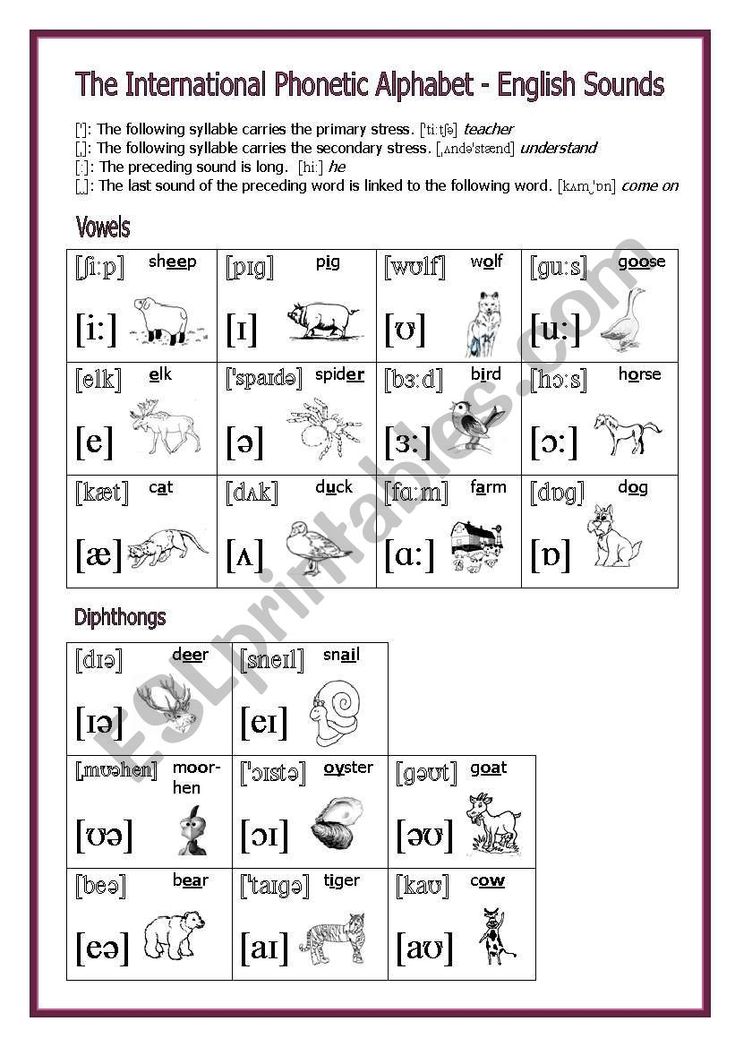 When kids use their muscles and brains simultaneously, they are less likely to forget what they learned. It is also great to incorporate fine motor practice into hands-on learning. We created these Alphabet Play Dough Mats to have a hands-on way to practice. Give your tactile students a chance to roll out play-dough and model the letters of the alphabet.
When kids use their muscles and brains simultaneously, they are less likely to forget what they learned. It is also great to incorporate fine motor practice into hands-on learning. We created these Alphabet Play Dough Mats to have a hands-on way to practice. Give your tactile students a chance to roll out play-dough and model the letters of the alphabet.
Plus, we have got a great recipe from instructables.com, so if you need a great Play-Dough recipe, I recommend this one! It is fabulous. I think the cream of tartar does the trick with consistency.
5–Incorporate art into learning letters and sounds.
Whenever I have an opportunity to allow my students to express their creativity while learning, I embrace it. I have found art activities like Alphabet Dot Art also keep behavior problems to a minimum when managed correctly.
Students get to work on fine motor, letter recognition (of different fonts), and letter/sound correlation with this activity.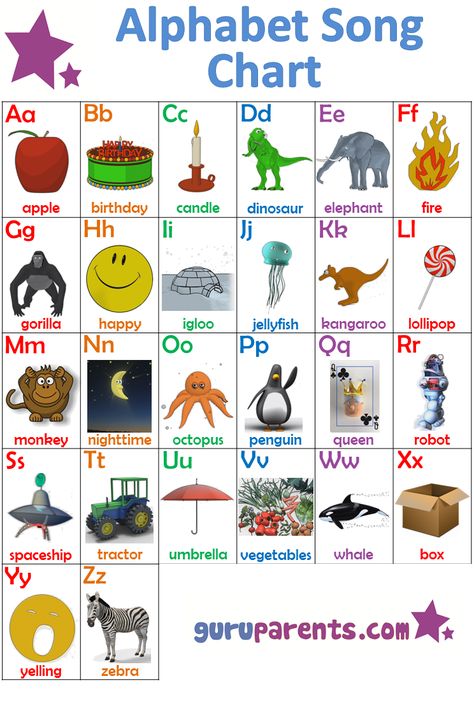 Students can use the dot-art piece to dab a Q-tip in paint and “dot” the image. They then cut out the pictures of objects that begin with that letter and glue them onto the different font representations of that letter. It is a fun activity for little learners! Or use Bingo Daubers from Amazon!
Students can use the dot-art piece to dab a Q-tip in paint and “dot” the image. They then cut out the pictures of objects that begin with that letter and glue them onto the different font representations of that letter. It is a fun activity for little learners! Or use Bingo Daubers from Amazon!
6–Kiddos Love Swat-a-Sound.
You can use the giant swatters from Dollar Tree (or the $1.25 Tree). Then, spread letters out on the carpet and give two kiddos (each) a swatter- then say, “Find the letter that makes the sound (insert here).” They hit it with the swatter and say its name and sound. Then two more friends go. We have played in whole and small group settings. They always ask to play!
-Jessica R.
More Letters and Sounds Strategies that Get Them Moving
7–We sing and dance to songs like this: Everybody dance now!A says /a/,/a/,/a/. And on and on
-Vera from The Tutu Teacher
8–Have Fun Teaching videos from YouTube! They are great.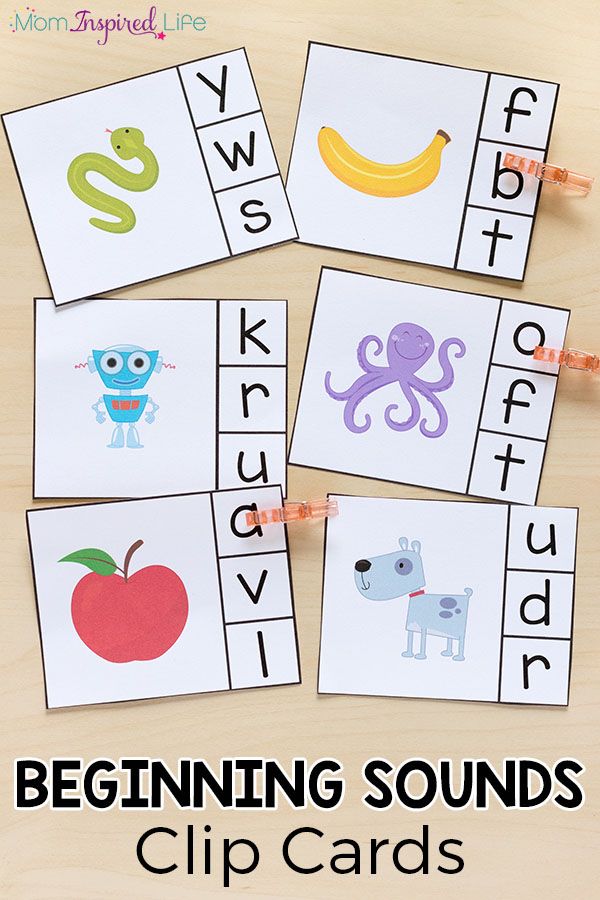 We listen to them every morning.
We listen to them every morning.
https://educationtothecore.com/2021/03/youtube-videos-that-teach-phonics/
Phonics videos are great to use in a variety of settings! I use phonics videos to get my students started in the morning, during indoor recesses, brain breaks, 5-minute time gaps, and of course, during the reading block. They are a great tool to get your students up and moving while learning phonics skills. Here are some of my favorite YouTube videos that teach Phonics skills our students have to learn.
A Sound Wall for Letter Sounds!9–Why a Sound Wall?
Sound walls have grown increasingly popular in recent years. For good reasons too!
Sound walls stem from the Science of Reading where it focuses on the connection between print patterns and phonological information. Sound Walls allow for explicit instruction of phonemes or the sounds we hear. We use letters to represent those sounds or graphemes.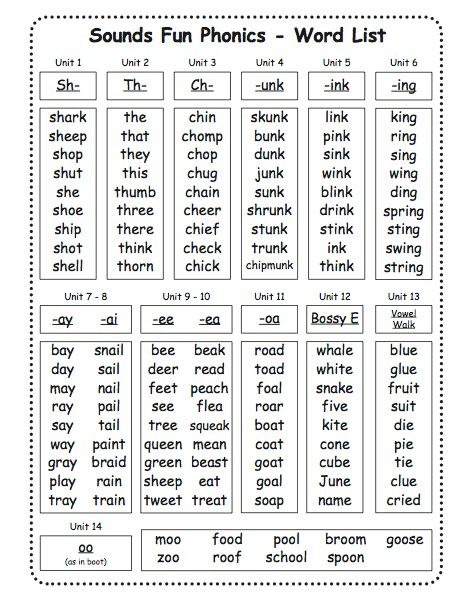 A sound wall pairs the speech sounds (phonemes) to the letters (graphemes).
A sound wall pairs the speech sounds (phonemes) to the letters (graphemes).
Using sound walls, your students will have everything they need to
- Properly produce sounds.
- Identify which sounds correspond to certain spelling patterns.
- Read and write words that have them.
Strategies for Letter and Sounds that Don’t Feel Like Work!
10–Alphabet Foldable Booklets
There are three different versions for each letter. And, you can use them with all of your students, regardless of their academic level. Start with learning just the letters and words that start with that letter. Move onto one sentence per page with the same images. Lastly, students can practice reading two sentences per page with the same pictures. Students can learn print concepts, identify letter names and sounds, and practice sight words and fluency with these foldable booklets.
Each booklet focuses on one letter of the alphabet. Every no prep booklet has these activities:
Every no prep booklet has these activities:
- Uppercase and lowercase letter identification
- Letter writing practice (uppercase and lowercase)
- Beginning sound identification (color pictures)
- Letter art decorating
- Writing words that begin with that letter
- Fill in the blank sentences with words starting with that letter
11–Letter Building STEM
Students can build letters using popsicle sticks. They can then count how many sticks were used to build that letter and record the number.
More Strategies Using Their Hands
12–Alphabet Sensory Tubs
Take a set of magnetic letters and bury them in some sensory substance (sand, rice, water beads, etc.). Students will then have to “search” for the letters and match them to a corresponding sentence strip. Sensory Bins with Letters (picture and several ideas from Still Playing School)– Sometimes, the best way to help kids learn is to let them explore.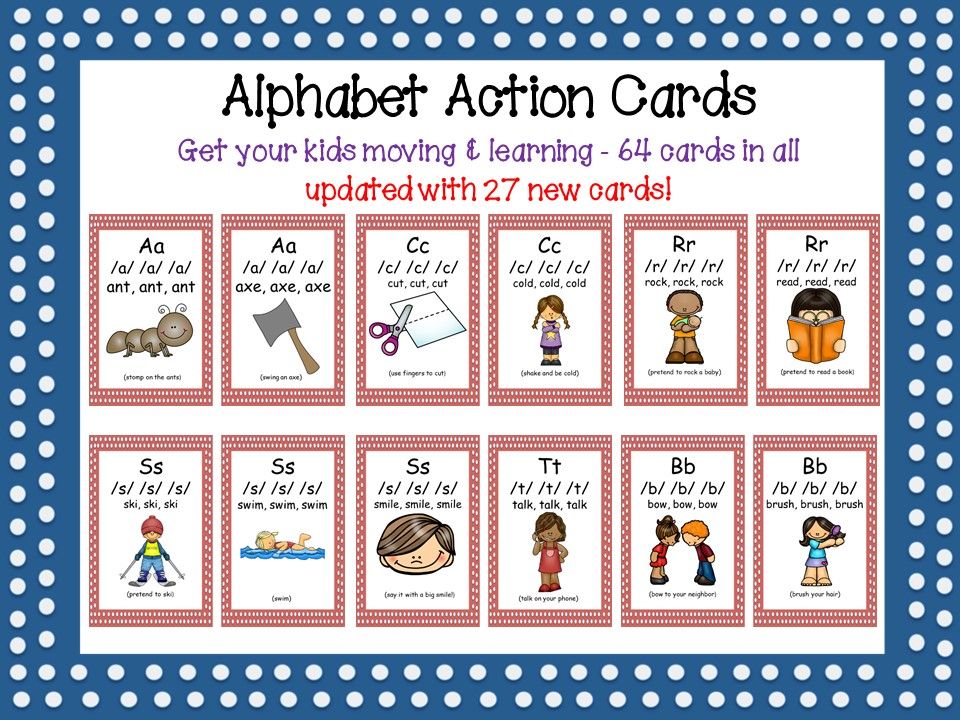 Or, spread shaving cream out on a tray and have your students write out the letters in the cream.
Or, spread shaving cream out on a tray and have your students write out the letters in the cream.
13–Write and Wipe Puzzles
I let my students each have a set of these. They could practice cutting out the puzzle pieces and writing each letter of the alphabet. They kept all of the pieces in an envelope, so it was a center they could repeatedly do while practicing the beginning sounds of words.
14–Alphabet Watches
Students can wear their letters and sounds with these watches. These watches are just a different version of the crowns for those of you who would rather have your students wear alphabet practice around their wrists instead of their heads. They can “check the time” as they practice identifying the letter name and then pictures/words that begin with that particular letter.
Additional Strategies for Letters and Sounds
15–Digital Alphabet Activities
For those of you who are teaching virtually or parents who prefer not to print out a lot of papers at home, we recommend using digital alphabet activities.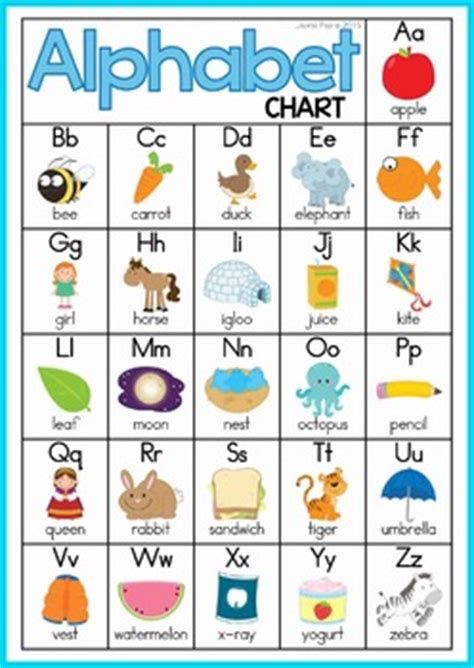 This bundle includes alliterations, keyboarding practice, and beginning sound hunts. This digital practice will engage kids for hours with these alphabet practice activities.
This bundle includes alliterations, keyboarding practice, and beginning sound hunts. This digital practice will engage kids for hours with these alphabet practice activities.
16–Data is a part of teaching, but sometimes our kindergarteners are given assessments that are not suitable for their skills. We have created a Kindergarten Data Tracking Book that assesses the skills we teach.
In this databook, teachers can track letters, numbers, shape identification, sight words, CVC word reading, writing letters and numbers, and addition and subtraction.
Check out all of the pages we include in this Kindergarten Data Tracking Book. (As a fun bonus, they are all created around chocolate chip cookies. Yum, Yum).
17–Pancake Flip – Cut out 5-10 brown circles and write the letters students are currently working on in class (you may want to do 3-4 circles for each letter). Using a spatula, students “flip” over the circles and say the letter name.
18–Letter Game Board – Print out a couple of free game board templates.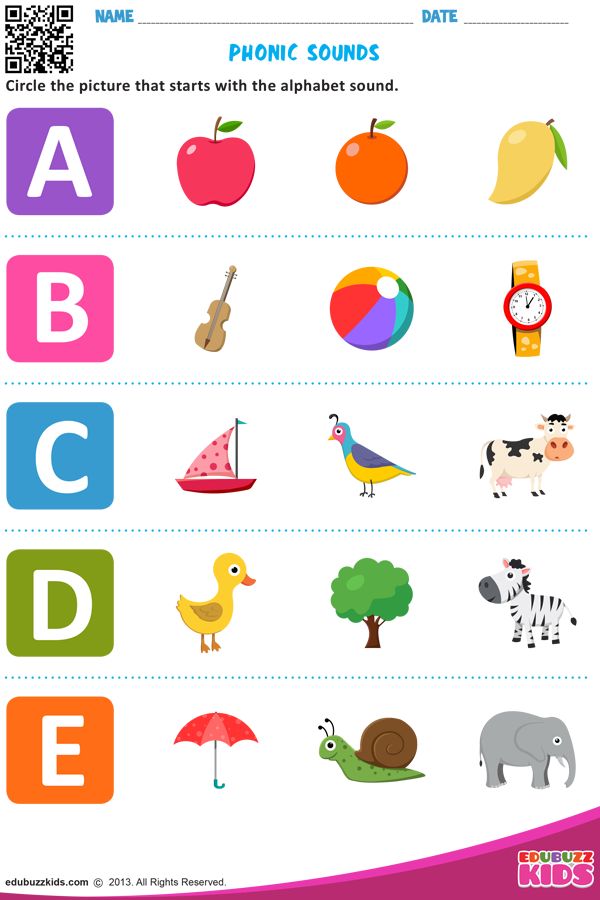 Fill in the blank spaces with letters that you are working on. Find a die and a couple of cubes or other math manipulative items, and students can play a letter identification game.
Fill in the blank spaces with letters that you are working on. Find a die and a couple of cubes or other math manipulative items, and students can play a letter identification game.
Easy Strategies for Letters and Sounds
19–Magazine/Newspaper Ad Scavenger Hunt – Students will go through old magazines and newspapers, searching for pictures that begin with a given letter sound.
20–CORE BINDER—The CORE Binder is the ULTIMATE resource covering daily activities from classroom routines, math, and ELA. These Classroom Organizers and Resources for Education also include social and emotional tools because we know teaching isn’t all 123s and ABCs. But, it does include letter sounds, word building, phoneme blending, and so forth!
21–Alphabet Flip Books—
These are Alphabet Cards designed to teach letters and sounds!
ABC Flip Books: Alphabet cards. Use these to teach words that begin with each letter of the alphabet.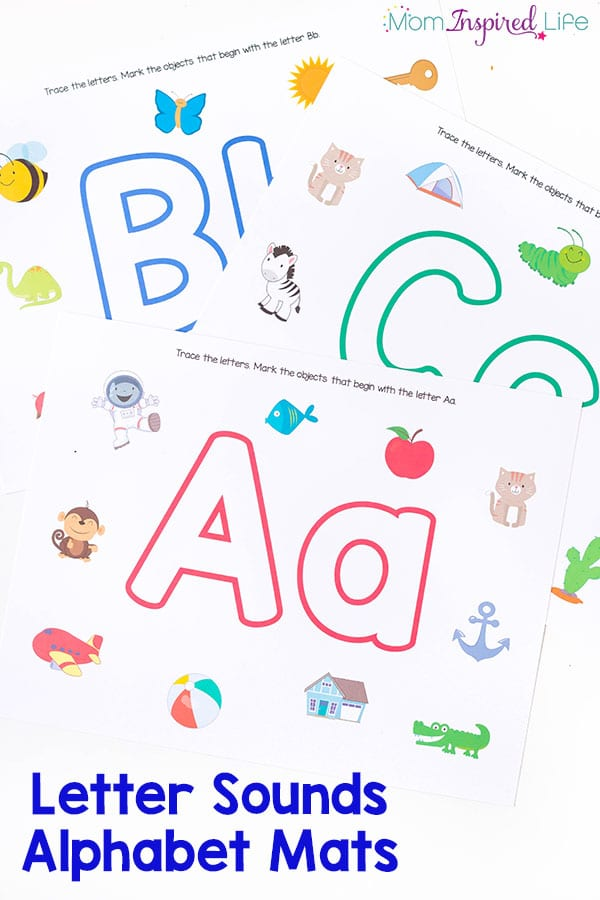 Each letter contains six cards and one letter writing practice. These cards can be laminated, cut, hole-punched, and secured with a ring.
Each letter contains six cards and one letter writing practice. These cards can be laminated, cut, hole-punched, and secured with a ring.
22–Alphabet Flip and Reveal—
This activity is Alphabet Flip and Reveal. These are great for small group instruction, centers, intervention. Alphabet Flip and Reveal is also a great resource to have on hand in the classroom.
Flip and Reveal includes all letters/sounds of the alphabet and ten images for each letter/sound. All letters have an accountability sheet where your students can practice letter formations while matching the letter with the corresponding picture.
More Games for Letters and Sounds
23–I Have Who Has—This is an ABSOLUTE MUST-HAVE! Your students will beg to play these games, not only for their alphabet and ELA but for their MATH as well!
- Learning Through Play: Students can learn while doing something fun and effective!
- Flexible Use: This is the perfect warm-up for your lesson, lesson practice for a new concept or skill, review, small group, and more!
24–Play the game “I Spy.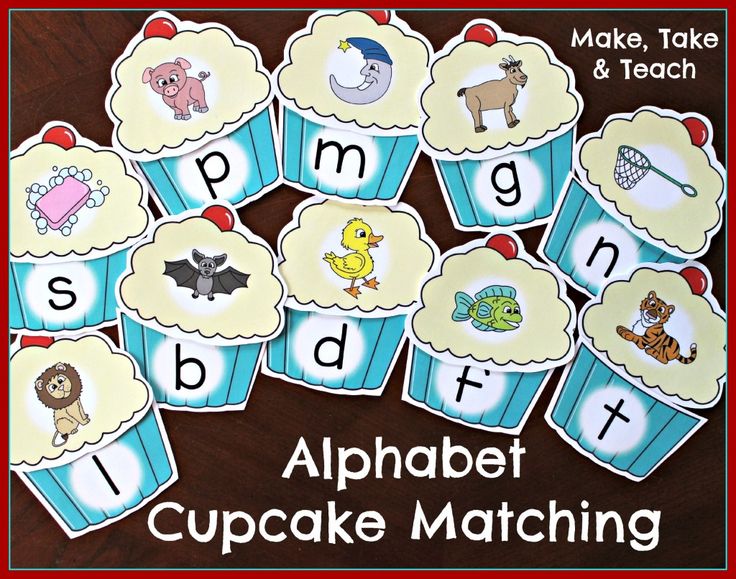 ”
”
In the game “I spy,” you pick something you see and don’t tell the child what it is. The child has to guess what you see. Or, grab our I Spy Phonics–ETTC developed an entire resource dedicated to phonics-based I SPY Activities – updated to include 84 activity pages!
25–Bingo
We have so many fantastic resources that you can use in your classroom to expose your students to the letters of the alphabet and their sounds! But, we also don’t mind sharing from other sources!
This gorgeous Initial Letter Bingo Cards set is perfect for a small group or whole class activity.
Need daubers? Grab some here: Bingo Daubers from Amazon!
26–MemoryChoose five to ten pictures and matching letters. Place each card face down. In pairs, students take turns to flip over two cards. Once they turn over a matching picture and letter, they get to keep these cards. The student with the most cards wins!
Or how about this great idea for letter memory using paper plates from FrugalFun4Boys!
27–The Name Game
Give your children a notecard with their name spelled clearly on it.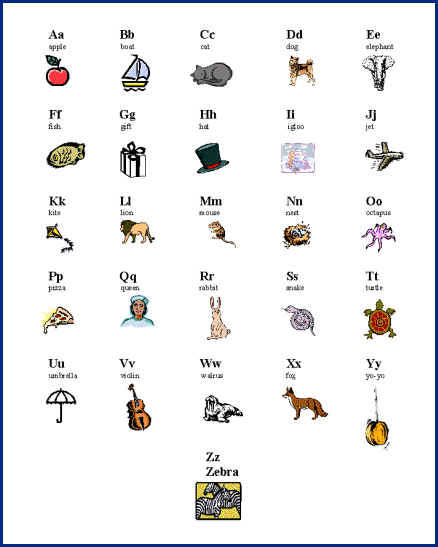 Say, “Whose name has a __ in it?” and all children with that letter in their name have to do something silly, like stand on one foot or touch their tongue to their nose, etc.
Say, “Whose name has a __ in it?” and all children with that letter in their name have to do something silly, like stand on one foot or touch their tongue to their nose, etc.
WRITTEN BY – SUZANNE KELLEY
At Education to the Core, we exist to help our teachers build a stronger classroom as they connect with our community to find trusted, state-of-the-art resources designed by teachers for teachers. And, we aspire to be the world’s leading & most trusted community for educational resources for teachers.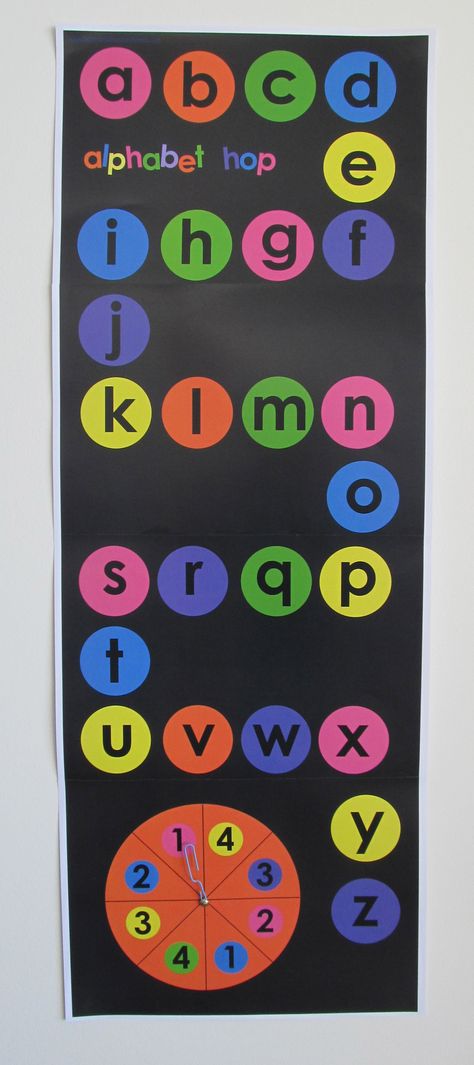 Plus, we improve the lives of every teacher and learner with the most comprehensive, reliable, and inclusive educational resources.
Plus, we improve the lives of every teacher and learner with the most comprehensive, reliable, and inclusive educational resources.
If you enjoyed what we have to offer at ETTC, be sure to join our email list so that you won’t miss a beat. Plus, we are here to help with all your resource needs. Become a Premium Member of Education to the Core and receive immediate access to thousands of printable activities. So, for one small monthly or annual fee, everything ETTC can be at your fingertips all of the time.
Comments
comments
How to quickly learn the alphabet - learning letters with a child
Letters surround us everywhere. The child sees them in books and magazines, on product packaging, in shop windows. He can't help wondering what it is. Over time, he begins to understand that adults can read, begins to copy his parents, having learned a poem or a fairy tale by heart, and pretending that he is reading a book.
Experts recommend teaching a child to read shortly before school, since at an earlier age his brain is not yet ready to perceive such information.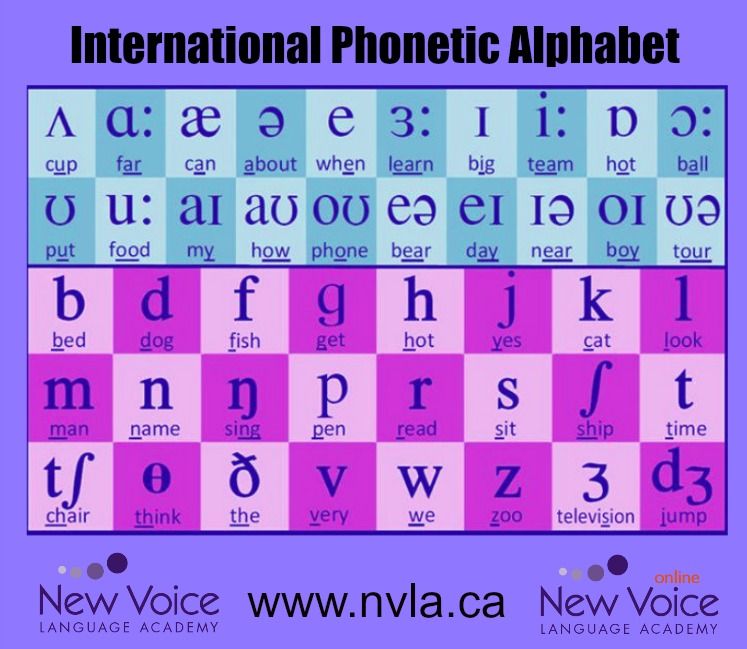 You can learn sounds with it, learn to distinguish them in oral speech, start mastering the alphabet. This pre-letter period is very important, because thanks to it the child will be able to learn to read fluently and understand what he read.
You can learn sounds with it, learn to distinguish them in oral speech, start mastering the alphabet. This pre-letter period is very important, because thanks to it the child will be able to learn to read fluently and understand what he read.
At what age do you start learning letters?
Many parents are sure that a child's development should start almost from the cradle. But neuropsychologists warn that learning letters and numbers before the age of 3 is harmful. At this age, the emotional and sensory sphere should be formed. If we force a child to learn, then we violate the laws of brain development, which can have negative consequences.
No specialist will tell you that at the age of 3 or 4 a child should know all the letters. Of course, if you wish, you can force him to learn the alphabet, but this will not be useful, but, on the contrary, can harm. The brain is ready for reading most often by the age of 5-6, and only in 20% of babies - by 4-5. Before this time, it is not worth studying letters.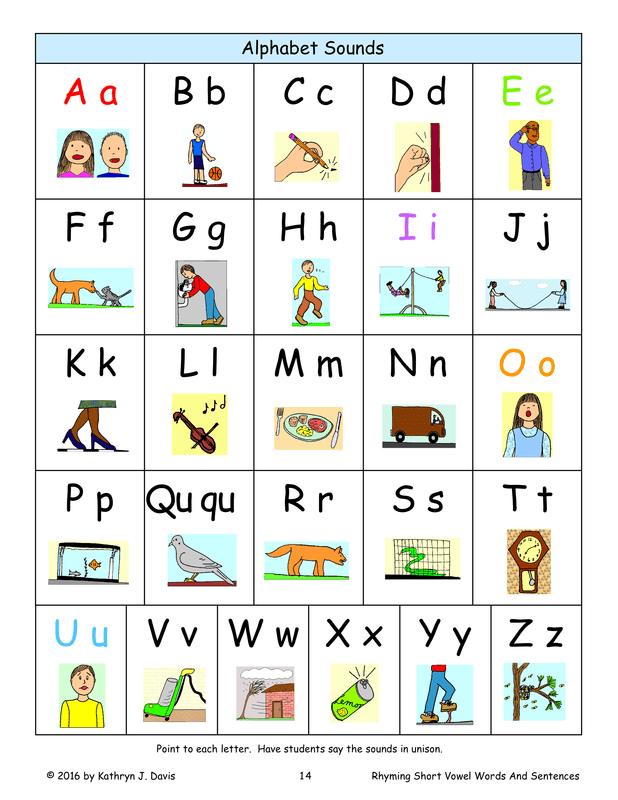
But this does not mean that you can forget about the development of the child. At 3-4 years old, you need to work on the development of speech, teach the baby to ask and answer questions correctly, pronounce words, and study the world around him. You need to work on fine motor skills, teach him to dance, form a sense of rhythm, and so on.
These are the recommendations. However, all children are different. If a child has shown a sudden interest in letters, it means it's time to start learning. And it does not matter if it manifested itself late, for example, at 6 years old. The child should want to read, only after that you can study with him.
Psychologists note several signs that indicate a child's readiness for learning:
- The child perceives well what he has read by ear and can tell what the book is about.
- He knows how to build phrases, pronounce all sounds.
- Interested in what is written in a children's magazine, book or poster.
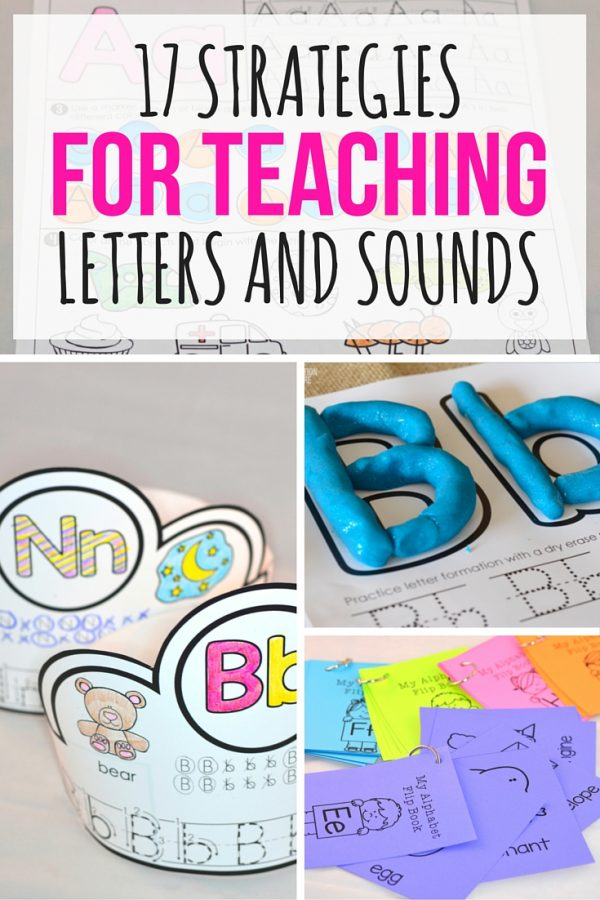
- Pretends to read, imitating adults.
If all these signs appear, you can start classes. You can’t put pressure on a child, force him to study, bribe him (“learn the letters - I’ll give you a chocolate bar”) - this will not achieve anything.
In those cases where the interest in letters appeared early, there is no need to give up classes. But do not overload the baby, work with him for no longer than 7 minutes, classes do not have to be done every day, you can take breaks of 2-3 days.
How to start learning the alphabet?
The child began to show interest in letters. No need to immediately load it with knowledge, cramming the alphabet. Move a little. The easiest way for children to remember the first letter of their name. Explain to him what this letter is, what it is called. You can ask him to find this letter in the text. Gradually, he will learn to highlight it, will pay attention to it. The first step has been taken.
Parents now trust their children's education to various children's tablets, phones and other similar toys.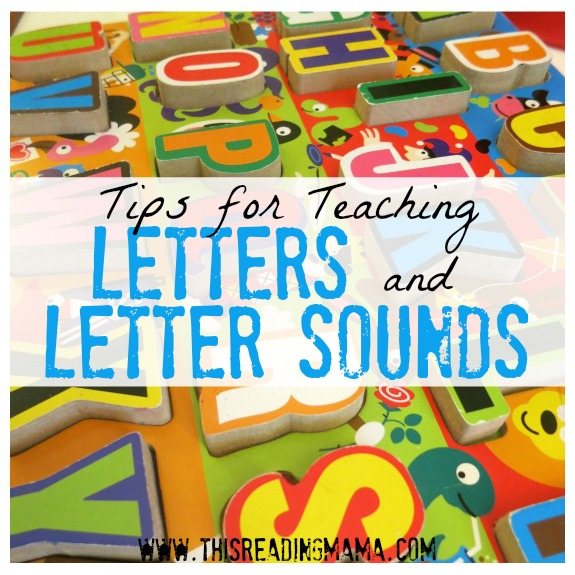 Remember that they are teaching letters, not sounds. Toddlers need to be taught precisely sounds, so it will be easier for them to master reading.
Remember that they are teaching letters, not sounds. Toddlers need to be taught precisely sounds, so it will be easier for them to master reading.
A letter is a graphic representation of sound, each has its own name. But learning to read, knowing only the names of the letters, is very difficult. Imagine that the child will need to read the word "ball". How will he do it? Just as he was taught: "beael". And all because he pronounces letters, not sounds.
It is better to start learning with sounds, pronouncing them with the child. Parents themselves should not confuse sound and letter. Sound is what we hear. A bumblebee buzzes - this is a sound, a hammer knocks - this is also a sound. But far from all sounds we can get words. If we clap our hands, the sound will appear, but the word will not.
You can create a word from special sounds called speech sounds. Make sure that the child does not confuse the letter and sound. Explain to him that a letter is an icon that can be seen in a book or drawn on paper. Letters can be seen with the eyes and sounds can be heard.
Letters can be seen with the eyes and sounds can be heard.
General recommendations for teaching a child
If you decide to work with a child, remember the basic rule - he should be interested. You can't force him. At this age, the easiest and most accessible way of learning is through the game.
It is difficult for kids to concentrate, to sit in one place for a long time, so classes should be short, 5-10 minutes each. As soon as you notice that he has become bored, switch to something else. If he forgot everything that you went through, do not get annoyed, repeat again until he remembers. If you overload your child with information, he will develop an aversion to learning.
At an early age, a child develops visual-figurative thinking, and only then - abstract-logical. This means that it is useless to draw letters on paper or a board. So you can't learn them. For him, it will be just a set of dashes.
The child needs a visual association. For example, if you are learning the sound "a", you can show him a picture of a watermelon or any other item that starts with that letter.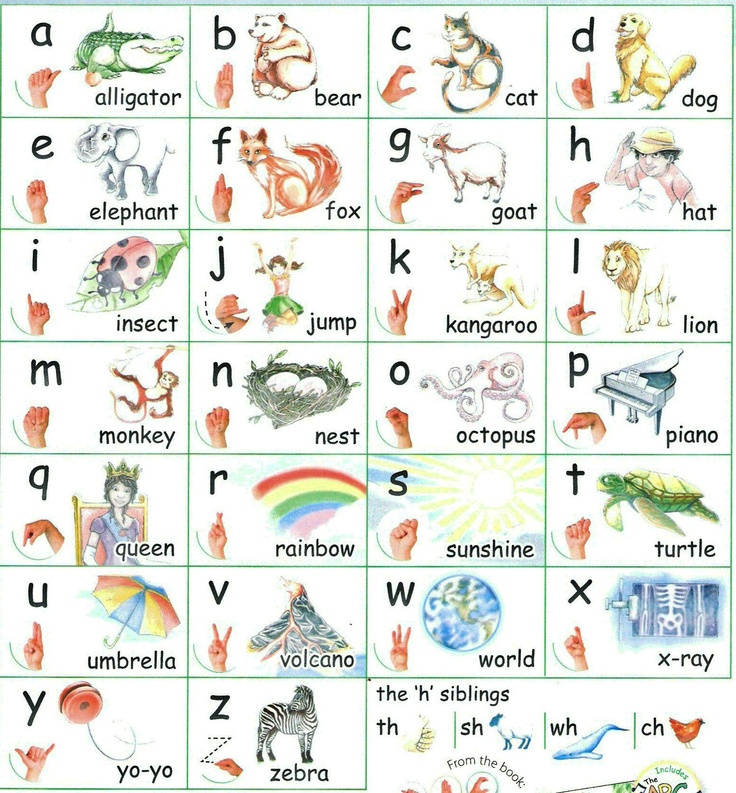 Stock up in advance with soft cubes with letters, bright cards, coloring books, beautiful colored primers.
Stock up in advance with soft cubes with letters, bright cards, coloring books, beautiful colored primers.
Do not learn letters in alphabetical order. It is better to start learning with vowel sounds. The letters that are most often found in speech are studied first, then you can move on to rarer ones.
How to learn vowels?
First, explain to your child that all words are made of sounds, just as houses are made of bricks. The more sounds in a word, the longer it is. After that, you can proceed to the study of sounds.
Start with "a" . You can show the baby pictures that show objects whose names begin with this letter. Draw with him the mouth that makes this sound, note how we open it wide. Let him try to name the words that begin with this letter. Do not overload the child: 1 lesson - 1 letter.
Try to consolidate the acquired knowledge. So you go to the kindergarten, you saw a pharmacy, let the kid try to find the letter that you studied.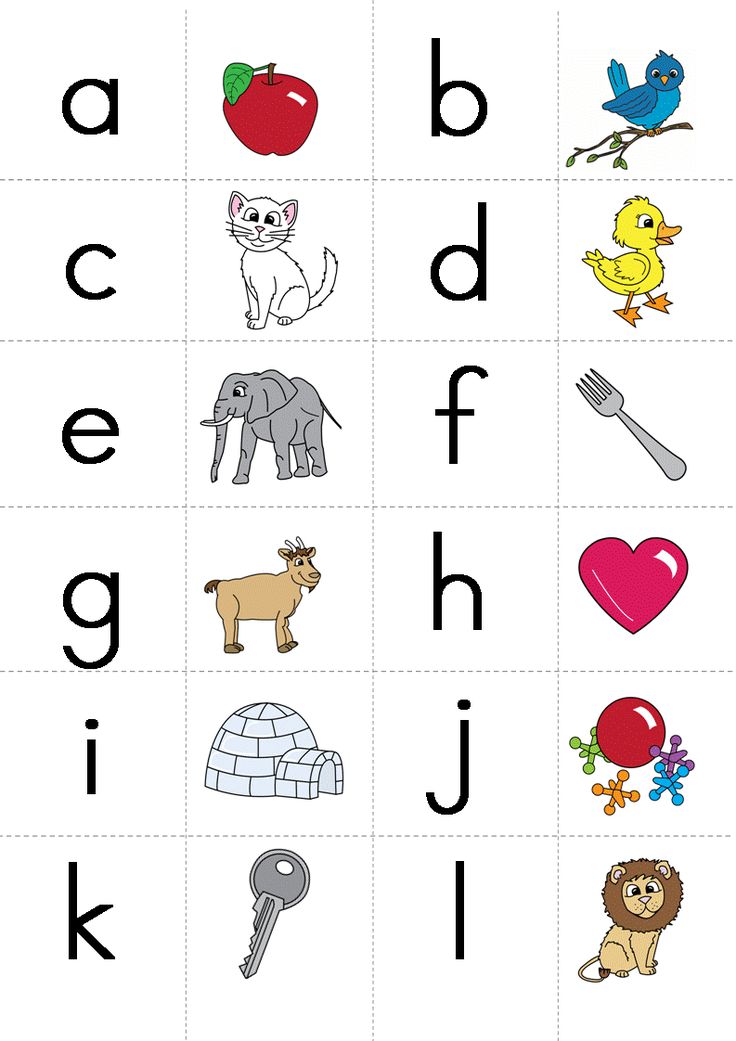 Bought a children's magazine, see if the title has the letter "a" . You can mold a letter from plasticine or dough, cut it out of paper. You can lay it out of sticks or sand.
Bought a children's magazine, see if the title has the letter "a" . You can mold a letter from plasticine or dough, cut it out of paper. You can lay it out of sticks or sand.
It will be much easier for you to captivate your baby if you always have blocks with letters, bright books, cards at hand. You can sing a song about a letter or listen to a cheerful verse.
So, study all the vowels one by one. At the end, you can explain that the sounds that you have already learned are called vowels. These are sounds that can be sung. Try to sing together "ah-ah-ah" or "woo-woo" .
Remember that we have 6 vowels ( a , o , y , e , s , and ) and 10 vowels. The letters i , e , i , i consist of 2 sounds. It is better to postpone the study of the latter for later, because there is no sound "i" , i is a letter consisting of 2 sounds.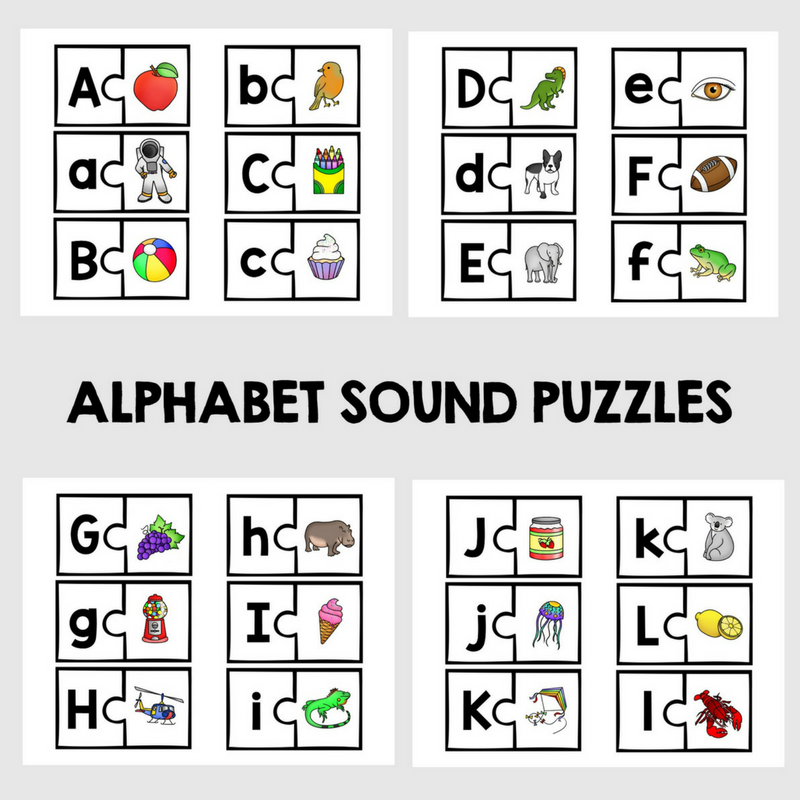 Do not confuse the child so that later educators and teachers do not have to retrain him.
Do not confuse the child so that later educators and teachers do not have to retrain him.
How to learn consonants?
After you have learned the basic vowels ( a , y , and , o ) you can move on to the consonants. You need to start with the simplest consonants ( b , p , m , n , t , g ). And here again we remember that we are teaching the child sounds, not letters. We know what to say0065 em ”, “ en ”, “ be ”, but children do not need to know this yet. The child must learn that this is the sound " mm " or the sound " nn ". After the baby learns simple consonants, you can proceed to the study of hissing.
Just like with vowels, knowledge needs to be consolidated. Children may confuse letters. To prevent this from happening, play associations. You can ask the children to think of what this letter looks like. Look for objects on the street that resemble this letter. For example, you walked past the horizontal bar, it is shaped like the letter " p ”, or look at the doorway, also resembles “ p ” in shape. Fold it out of pencils, look for it in store signs.
You can ask the children to think of what this letter looks like. Look for objects on the street that resemble this letter. For example, you walked past the horizontal bar, it is shaped like the letter " p ”, or look at the doorway, also resembles “ p ” in shape. Fold it out of pencils, look for it in store signs.
Alphabet learning techniques
There are several popular methods for teaching children to read and memorize the letters of the alphabet. You can use them, especially since specialists worked on them. But, no matter what method you work with, it is important to remember that your classes should not resemble lessons at school.
Children at this age should play and get the information they need through games. Therefore, after a short training part, immediately proceed to an interesting, gaming one. Creative activities are also very useful, with the help of which you not only study letters, but also develop the child’s fine motor skills, improve his drawing and coloring skills, and strengthen the ability to use scissors.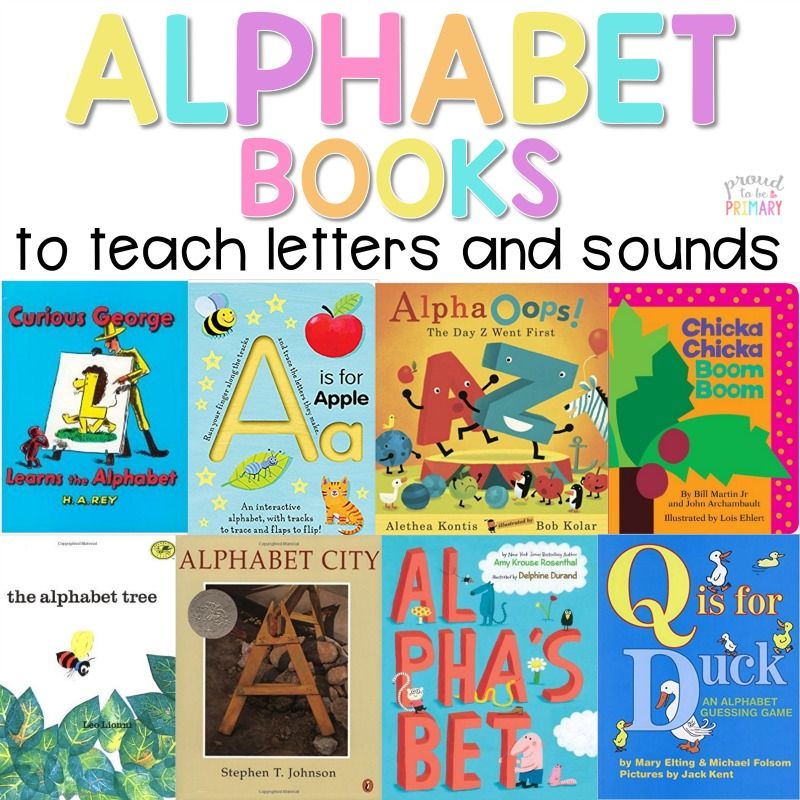
Games and games
There are many games to help you consolidate your knowledge. We will give a few examples.
1. Find the words with the right sound . You need to prepare cards that show different objects. The child must choose among them those in which there is a studied sound. First, you can simplify the task: ask him to find words that begin with this letter.
2. Catch the sound . To stretch a little, mother and child walk around the room. Mom calls different words. As soon as the child hears a word with the desired sound, he stops and claps his hands.
3. Think of the word . Ask your child to come up with as many words as possible with a certain sound. You can do this in turn, for example, first the mother calls the word, then the baby.
The task needs to be complicated, that is, the sound can be not only at the beginning of the word, ask him to come up with a word in which this sound will be at the end or in the middle. For example, you are learning the sound "a". First, you select words that begin with this letter - apricot, orange, then those that end in "a" - Moscow, jellyfish or contain the sound "a" in the middle - mosaic, eye.
For example, you are learning the sound "a". First, you select words that begin with this letter - apricot, orange, then those that end in "a" - Moscow, jellyfish or contain the sound "a" in the middle - mosaic, eye.
4. Determine where the sound is hidden. You need to draw a simple word scheme: three squares connected to each other. Each square denotes its own: the beginning of the word, the middle and the end. Put this word scheme in front of the child, give him a chip.
You name different words, and he must show on the diagram where the sound that you pass is located. For example, if you called the word "watermelon" (you can show a picture), the child must put the chip in 1 cell, and if the word "fox" - then in the 3rd cell.
5. Ball game . An adult throws a ball to the child and calls different words. If they have a letter being studied, he catches the ball, if not, then he does not catch it. To begin with, you can use words in which this letter is at the beginning, then complicate the task, that is, it can be in the middle or end.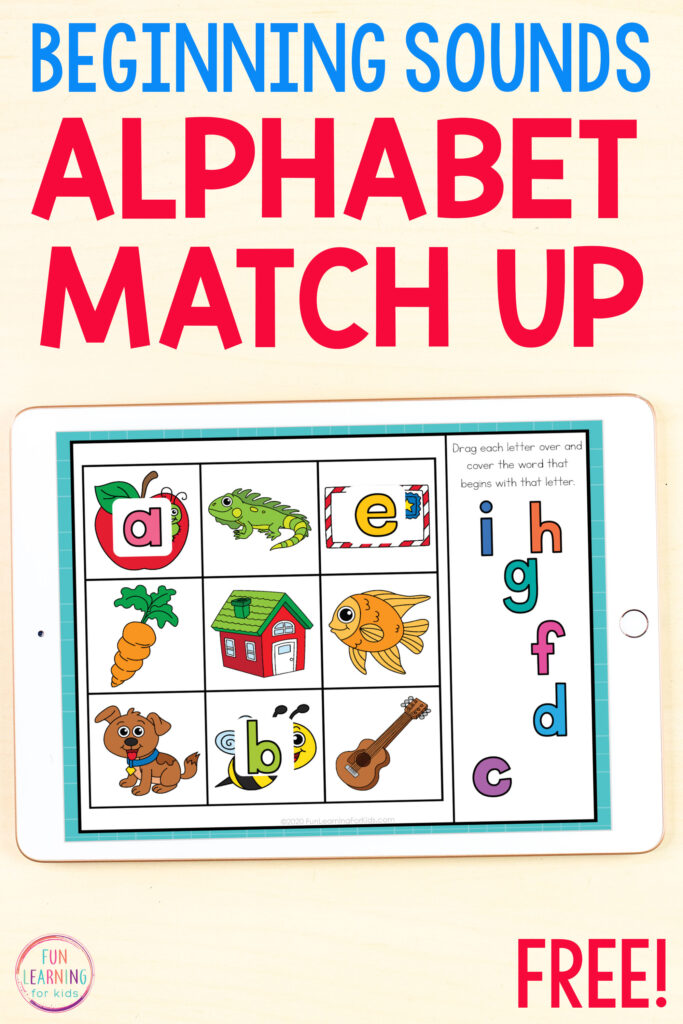
Author's methods of learning the alphabet
There are several recognized methods of teaching reading, each of which can be devoted to a separate article.
Zaitsev's cubes
The basis of Zaitsev's technique is a game, that is, children simply play with cubes (there are 52 cubes of different sizes in the set) and at the same time learn to read without making any effort. These games can be started from 6-12 months old, but up to 2 years old they are used like regular blocks, and children after 2 years old can start making words.
Zaitsev's main unit is a warehouse. It can consist of a consonant and a vowel, or a single letter. The basis of this method is the warehouse principle of reading. In addition to cubes, a large warehouse table is also used.
This technique has many advantages, the main of which is that any child can be taught to read. But there are also disadvantages, for example, over time, children will have to be retrained, because they remember that letters are indicated by one color, and the teacher enters his own colors, for example, red is a vowel.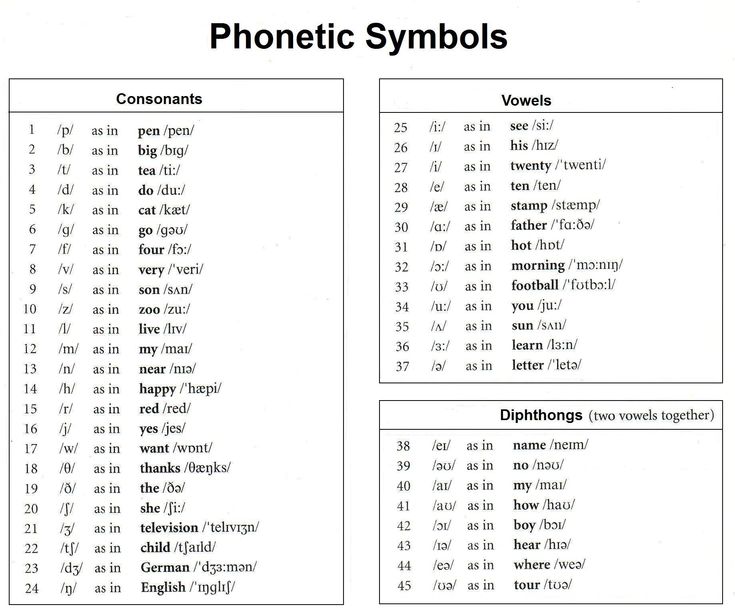 In addition, the child is used to the fact that words are divided into warehouses, and not into syllables. Yes, the benefits are very expensive.
In addition, the child is used to the fact that words are divided into warehouses, and not into syllables. Yes, the benefits are very expensive.
Doman's cards
The neurosurgeon Glen Doman developed his technique for children with CNS disorders, but then it was also used to teach healthy kids. He recommends teaching children to read not by letter, but by words, since letters mean nothing to him, and words have real designations.
For this, whole words are written on the cards in large print (at least 7-10 cm), for example, “mother” or “dad”, which must be quickly shown to the child, voicing each word. With the help of this method, even a small child can be taught to read. Training is necessarily carried out at an early age; after 5 years, the Glenn Doman method no longer works.
Olga Soboleva's Methodology
The principle of this training is based on the "two-hemispheric" work of the brain. The teacher tries to use the dominant type of memory, that is, the material is divided into 3 groups: for kinesthetics, visuals and auditory.
Many of its techniques are also used by ordinary teachers when teaching traditional methods to make it more interesting for children to study. Well suited for creative children and parents, it is not recommended for families where logic and structure come first.
Polyakov's method
Its author came up with 7 steps of learning to read, 70 lessons in total. Each lesson is detailed. They are held in the form of a game, take no more than 10 minutes. Stages 1 and 2 are the study of letters, warehouses, reading in warehouses.
Sergei Nikolaevich Polyakov himself, unfortunately, is no longer alive, but his work was continued by his son, as well as teachers who practice this method. If you wish, you can purchase books that describe in detail how to conduct classes, as well as video files with examples of classes.
Creative exercises
To reinforce the acquired knowledge, it is useful to conduct creative activities. For example, you can make a beautiful alphabet together. We studied the letter - cut it out of cardboard. It is better to choose a dense material. If it is difficult for the baby, you can help him, and the child will decorate - attach beads, groats, sequins, beautiful fabric, etc. to it.
We studied the letter - cut it out of cardboard. It is better to choose a dense material. If it is difficult for the baby, you can help him, and the child will decorate - attach beads, groats, sequins, beautiful fabric, etc. to it.
When you have collected the entire alphabet, you can decorate the children's room with it by connecting the letters into garlands, or hang it on the Christmas tree instead of toys. You can cut out paper blanks for letters, and the child must fold the whole letter from these parts.
Preschoolers love to draw and color. You can buy coloring books with letters, he will color them and remember what kind of letter it is. Or ask him to draw with felt-tip pens on paper, with chalk on a blackboard what you have already studied. But at this age, children should not be taught writing, this should be done by teachers in elementary school. The only thing you can teach your baby is to write in block letters.
If you are baking pies, ask your child to make familiar letters out of the dough.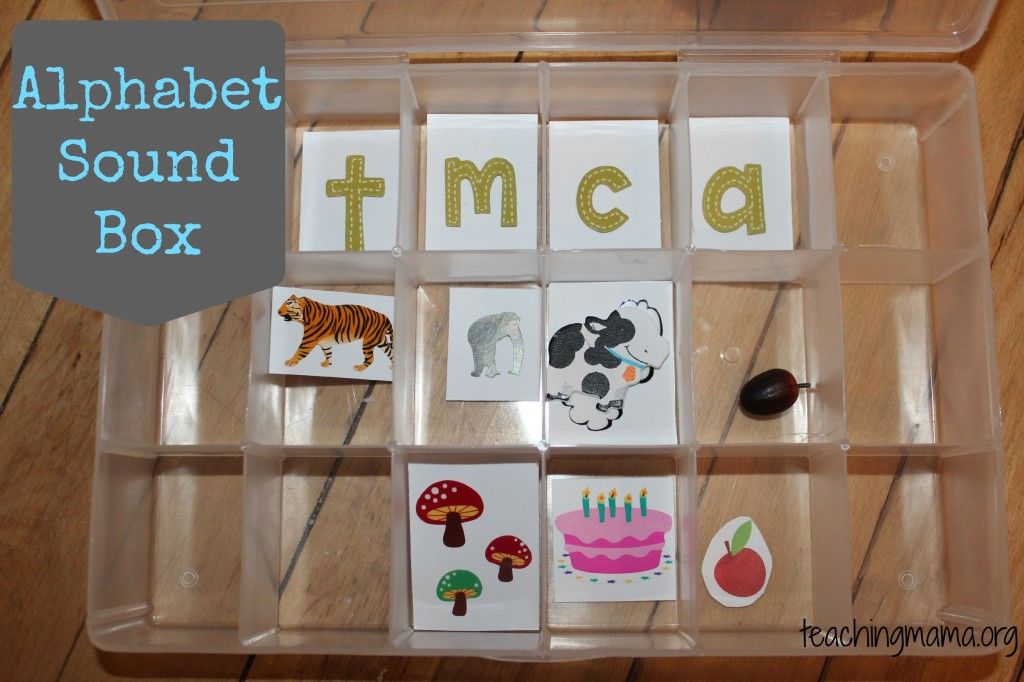 You can sculpt from plasticine or clay, decorate figures with cereals or peas. These activities will not only distract the baby from the TV, but also help develop fine motor skills.
You can sculpt from plasticine or clay, decorate figures with cereals or peas. These activities will not only distract the baby from the TV, but also help develop fine motor skills.
Does the child spend a lot of time with the construction set? Let him try to make a letter out of it, which you recently passed. Or he will lay it out from counting sticks, sand, buttons, beans. Just be careful not to push small parts up your nose or mouth.
As we can see, learning the alphabet is not a tedious and boring activity, but a kind of game. If you follow this rule, your baby will not only learn all the letters, but will eventually fall in love with books, magazines, and will read with pleasure.
Thinking Simulator
The Simulator is a database of 4000 tasks designed specifically to develop the thinking skills of students in grades 1-4
learn more
5 easy and quick ways to learn the alphabet with a child 3-6 years old - Somersault
Before you teach your child the alphabet, it is important to understand what you will not be doing. Namely, learning to read. This is a more complex skill, so it is worth putting it off until the time when the child gets acquainted with all the letters and will confidently recognize them and write on their own. Until then, put off the alphabet and reading by syllables.
In this article, we have put together the basic principles to quickly learn the Russian alphabet with a 3-6 year old child in a playful way. For all games with letters, you can use plasticine, paints and any improvised means or magnetic letters TWIST - they will easily attract the attention of the child.
Contents:
- Learn the Alphabet Easily: Basic Principles
- 5 ways to learn the alphabet with your child
- From alphabet to reading
How to Learn the Alphabet Easily: Basic Principles
Each child can find an easy way to learn the alphabet that suits him or her, but there are basic principles that are important for all children.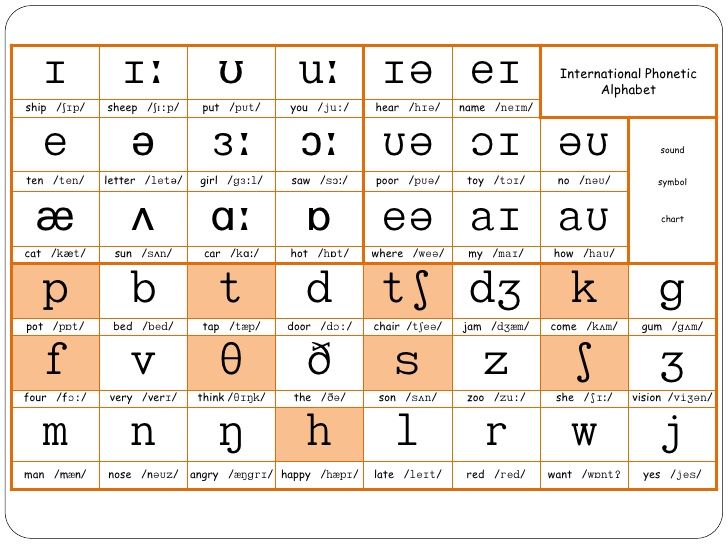 If you do not follow them, study will turn into drill and the child is unlikely to ever love to read. Here are a few such principles on how to properly learn the alphabet for a child.
If you do not follow them, study will turn into drill and the child is unlikely to ever love to read. Here are a few such principles on how to properly learn the alphabet for a child.
- Learn sounds first, not letters . At the first stage of learning, it does not matter how the letters in the alphabet are called correctly. Now only sounds are important for the child - "d", and not the letter "De". The names of the letters will only confuse the child, who first needs to learn to recognize the shape of the letters and their sound.
- Not learning the alphabet in the correct sequence . Until a child goes to school, it is of no use to him to know how the letters are arranged in the alphabet. This information will only distract him from what is really important: how the letters look and sound. The sequence of the alphabet can be learned later or even at school, where this knowledge will be tested by the teacher.
- Do not turn learning into a lesson .
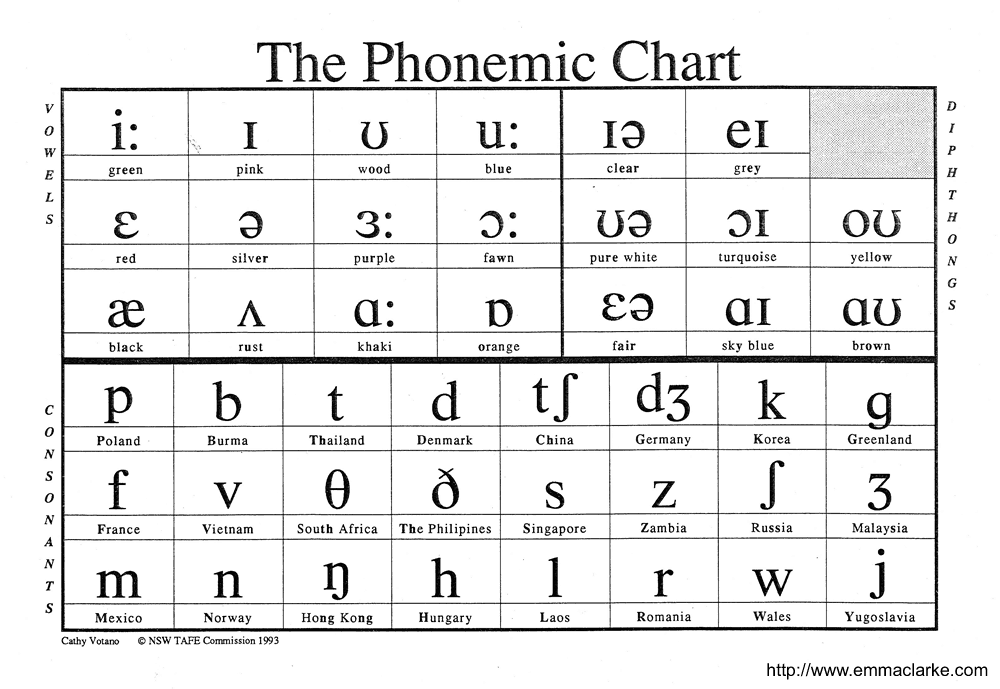 Learning from call to call is difficult even for children at school, let alone a baby. Therefore, all learning should take place in a playful way and not for long: 5-7 minutes a day to get acquainted with the letters will be enough. Gradually, this time can be increased, especially if the child likes the proposed games with letters.
Learning from call to call is difficult even for children at school, let alone a baby. Therefore, all learning should take place in a playful way and not for long: 5-7 minutes a day to get acquainted with the letters will be enough. Gradually, this time can be increased, especially if the child likes the proposed games with letters. - Use material objects . At the age of 3-6 years, the child learns the world by touch and taste. It is difficult for him to work with abstract letters spoken aloud. Therefore, it is better to stock up on plasticine and paints and create letters that are more understandable to the child and can be touched. Such a game for children will allow the child to learn the letters of the alphabet and he will recognize them in different forms regardless of what they are made of.
- First vowels, then consonants . Vowel sounds are easier to pronounce, so it's worth starting with them.
The main thing is not to force anyone. If you see that the child is inquisitive, enjoys exploring the world and is ready to learn, you can move on to learning letters and the alphabet. So the child will be happy to learn the alphabet in a playful way and gradually learn to read. So that the game is not abstract, you can use the magnetic letters TUMBLING.
If you see that the child is inquisitive, enjoys exploring the world and is ready to learn, you can move on to learning letters and the alphabet. So the child will be happy to learn the alphabet in a playful way and gradually learn to read. So that the game is not abstract, you can use the magnetic letters TUMBLING.
5 ways to learn the alphabet with your child
1. Use an interesting topic to study
Use your child's interest to spur his motivation to learn. For example, if your kid is crazy about cars, let them be the topic in which you learn the alphabet. Use any words related to cars:
"A" - bus
"B" - trunk
"C" - driver, etc.
You can show cars and their parts, draw or sculpt from plasticine. It is important that the child's focus shifts from learning to doing what they love. Additionally, the method will help expand vocabulary and knowledge about the world.
2. Cross out a letter of the alphabet in the list
Fill in a small square with arbitrary letters.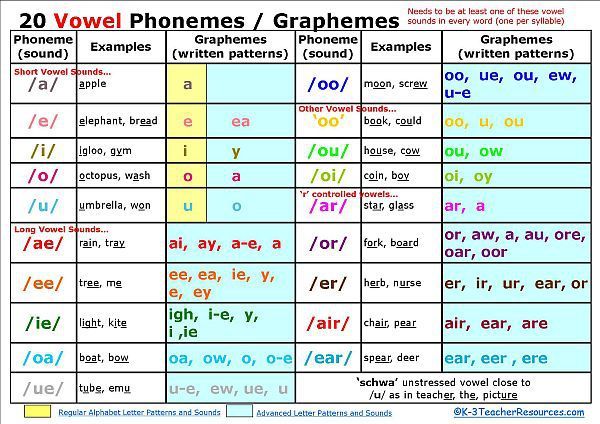 The task is to cross out only the letter that you are studying. This will help the child focus on one letter and not get distracted by the ones he doesn't remember or don't know.
The task is to cross out only the letter that you are studying. This will help the child focus on one letter and not get distracted by the ones he doesn't remember or don't know.
3. Take out the letters of the alphabet from the pouch
The soft-touch magnetic letters are perfect for this method. Put the letters in a bag and give the child the task, without looking, to pull out only the letter that you thought of. Let there not be too many letters in the bag, otherwise the child will get confused. 6-7 pieces will be enough. To start, use letters that are very different in shape, such as "O" and "M". Gradually, the complexity can be increased and searched among similar letters, for example, "K" and "X". Don't forget to praise and encourage your child. You can alternate the learning process with desktops.
4. Recognize letters of the alphabet by ear
You pronounce a word, and if it contains a hidden letter, the child claps his hands.
With this game for kids, you can learn individual letters or the entire alphabet.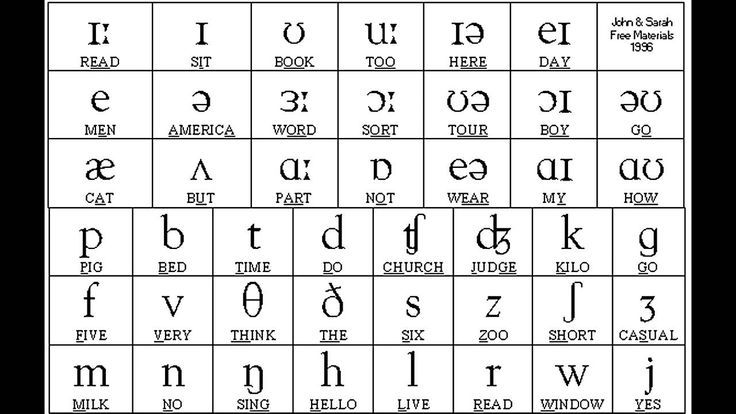 For example, you name a word, and the child inserts its first letter into the insert frame. To stimulate your child's interest, you can use only words from his favorite topic, for example, the names of animals.
For example, you name a word, and the child inserts its first letter into the insert frame. To stimulate your child's interest, you can use only words from his favorite topic, for example, the names of animals.
5. Guess words beginning with the first letter
You choose one letter and think of a word that starts with that letter. For example, the letter "Z":
- What is this animal with big ears and loves carrots?
- Hare!
This game form is again suitable for learning individual letters or the entire alphabet. If you learn only one letter, the child gets used to quickly recognizing it in different words. And if you give words with different letters, the child as a whole learns to understand with which letter they begin. With the study of the account and the English language will also help TUMBLING.
From the alphabet to reading
When a child learns the Russian alphabet, confidently recognizes all the letters in different words and can draw or mold them on his own, it is worth moving on to reading.

